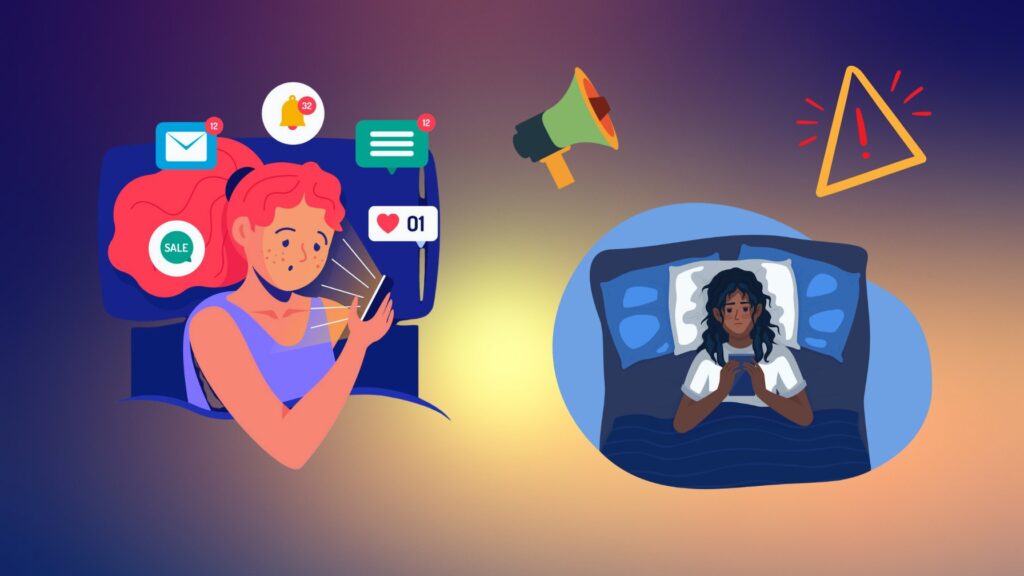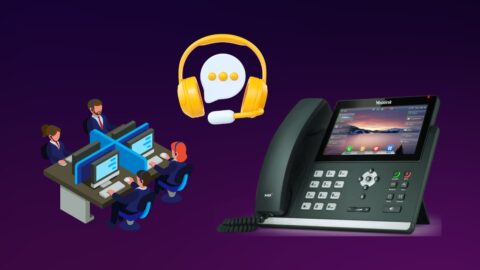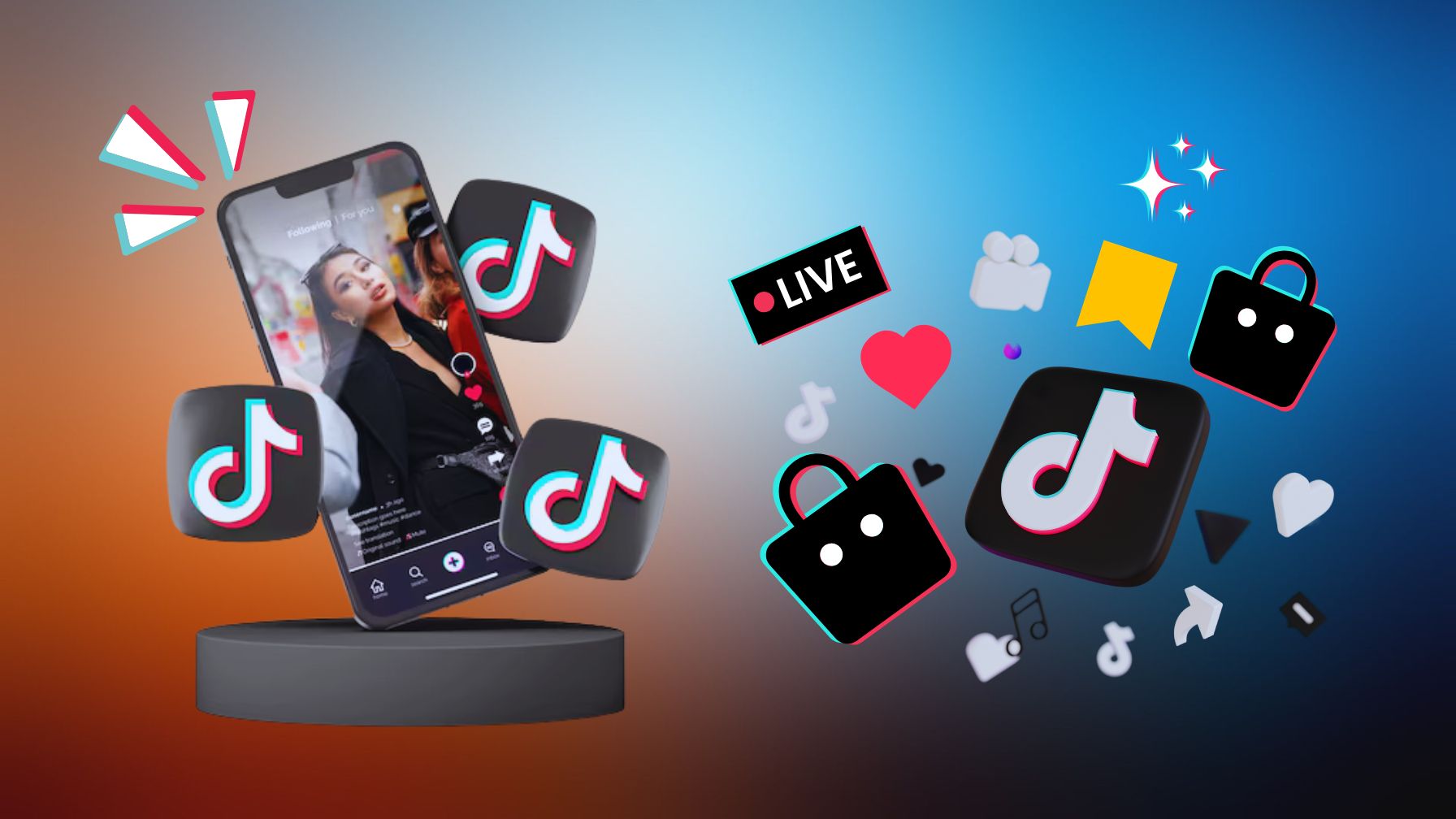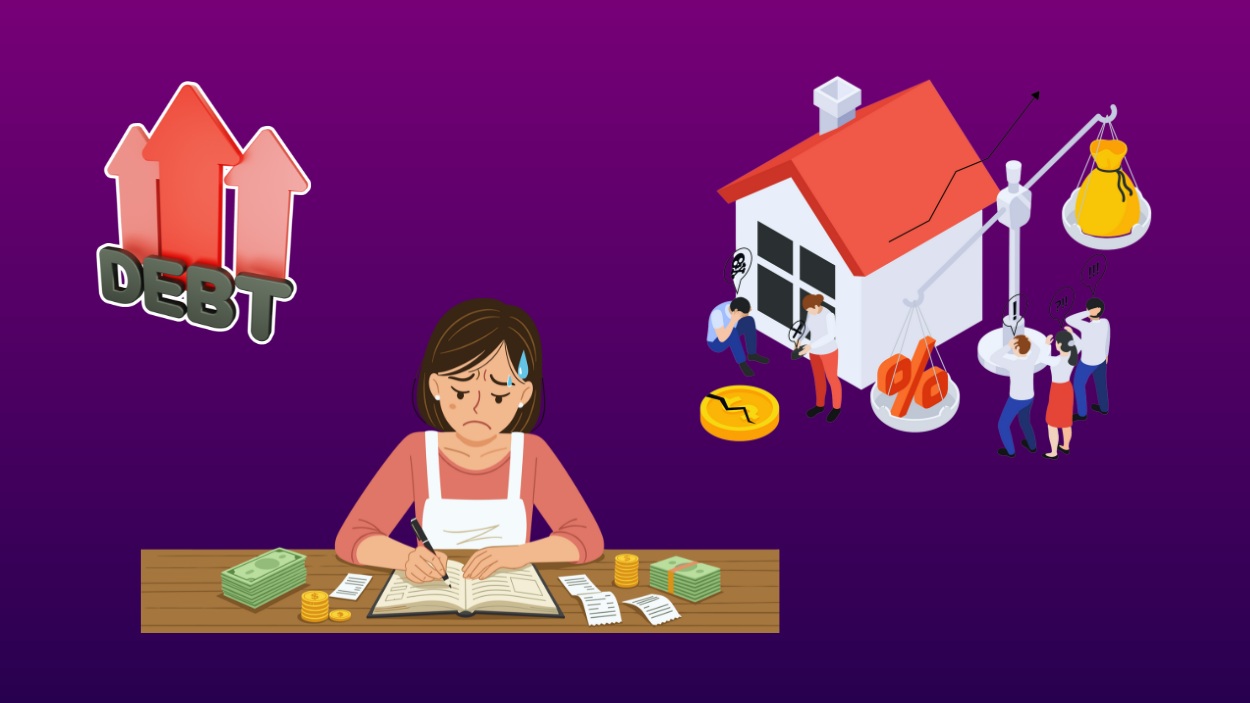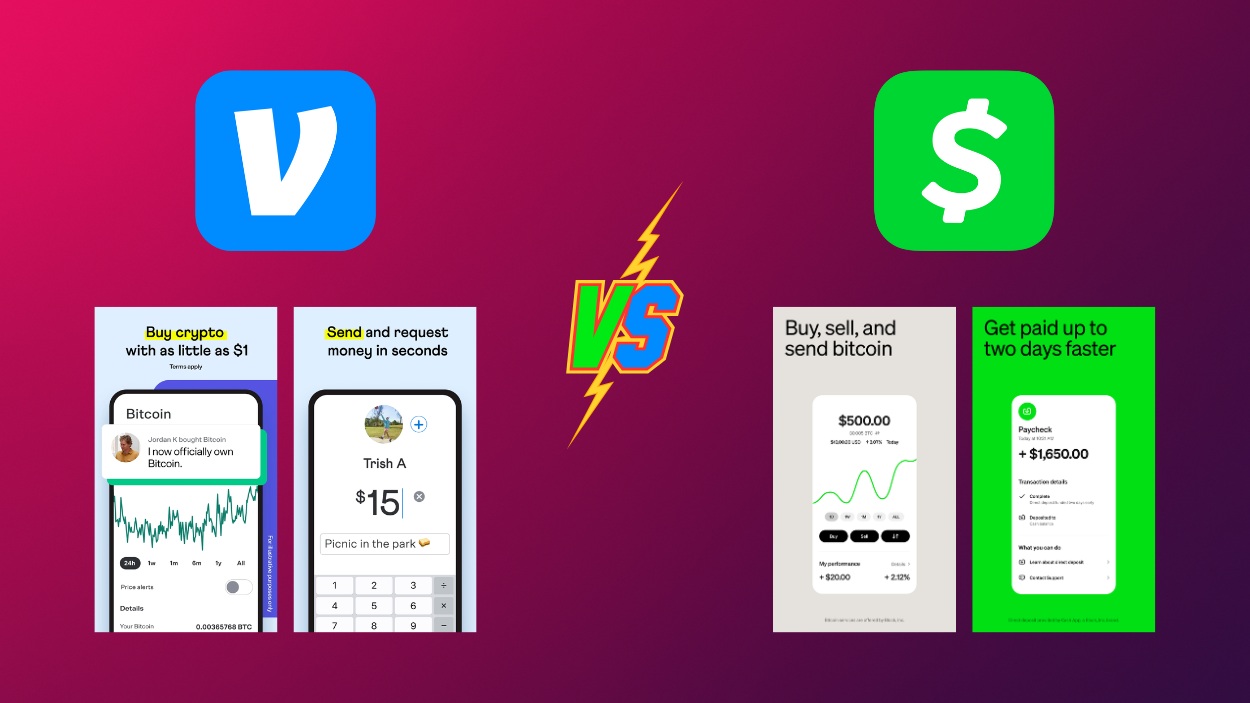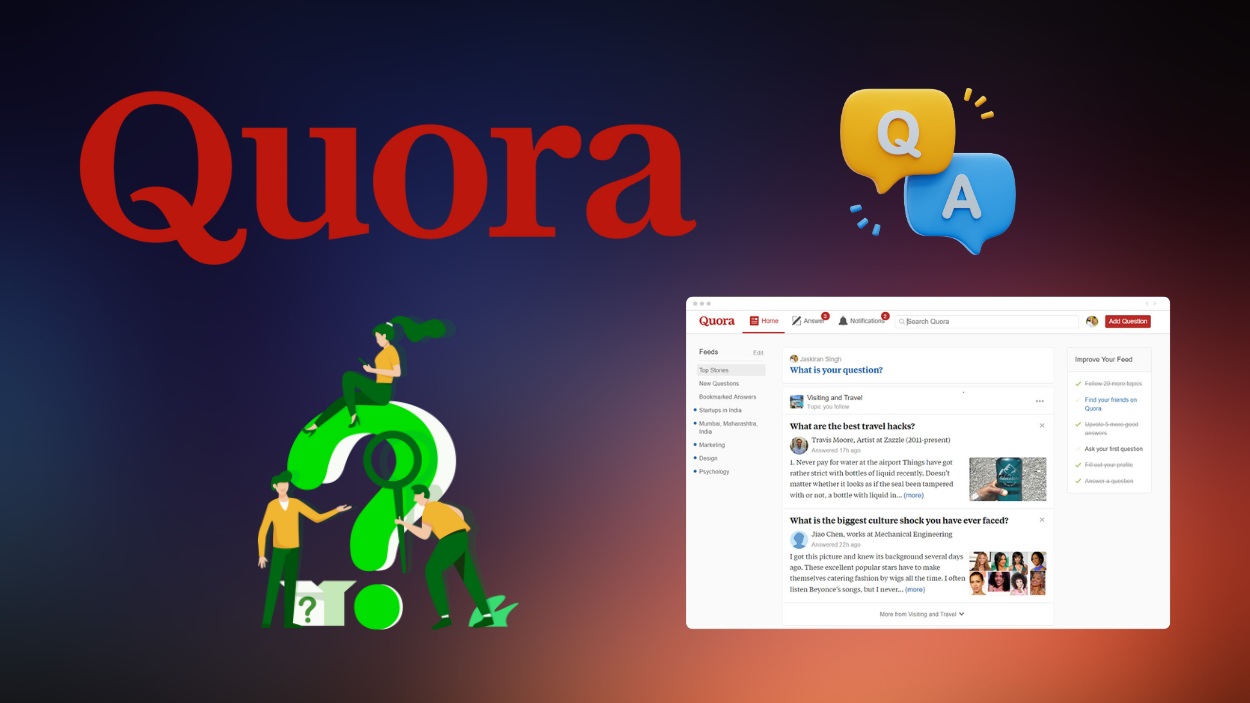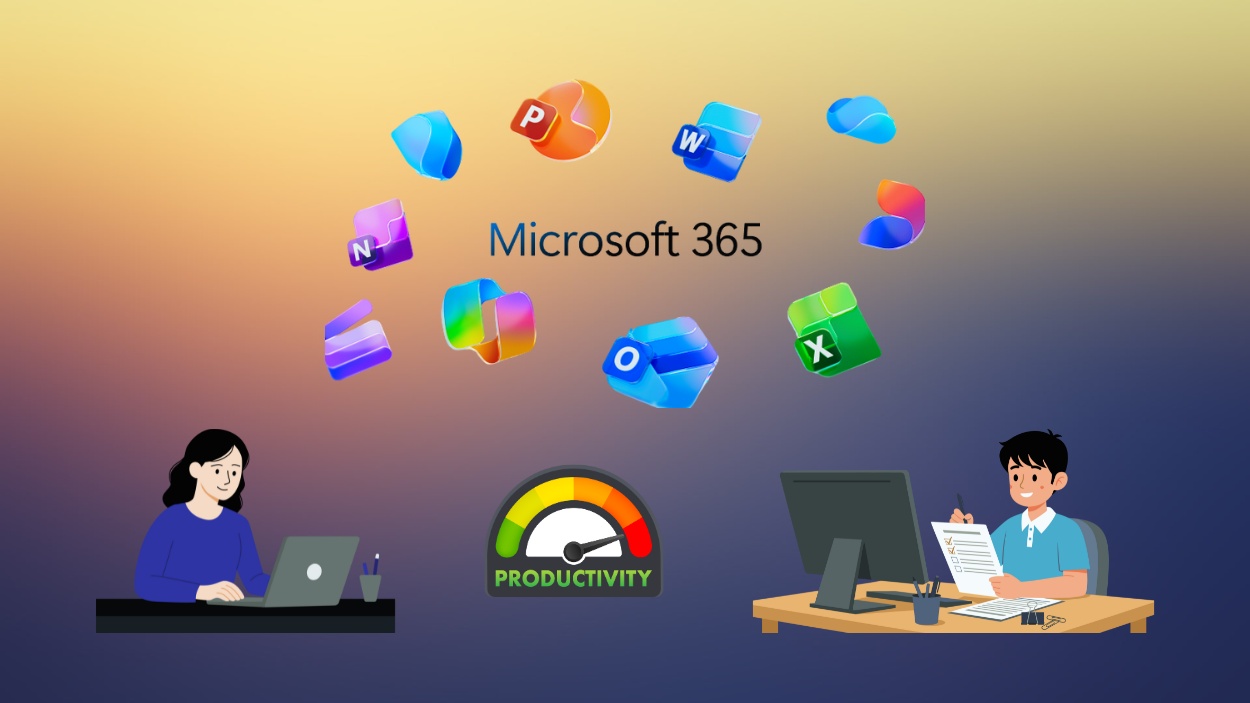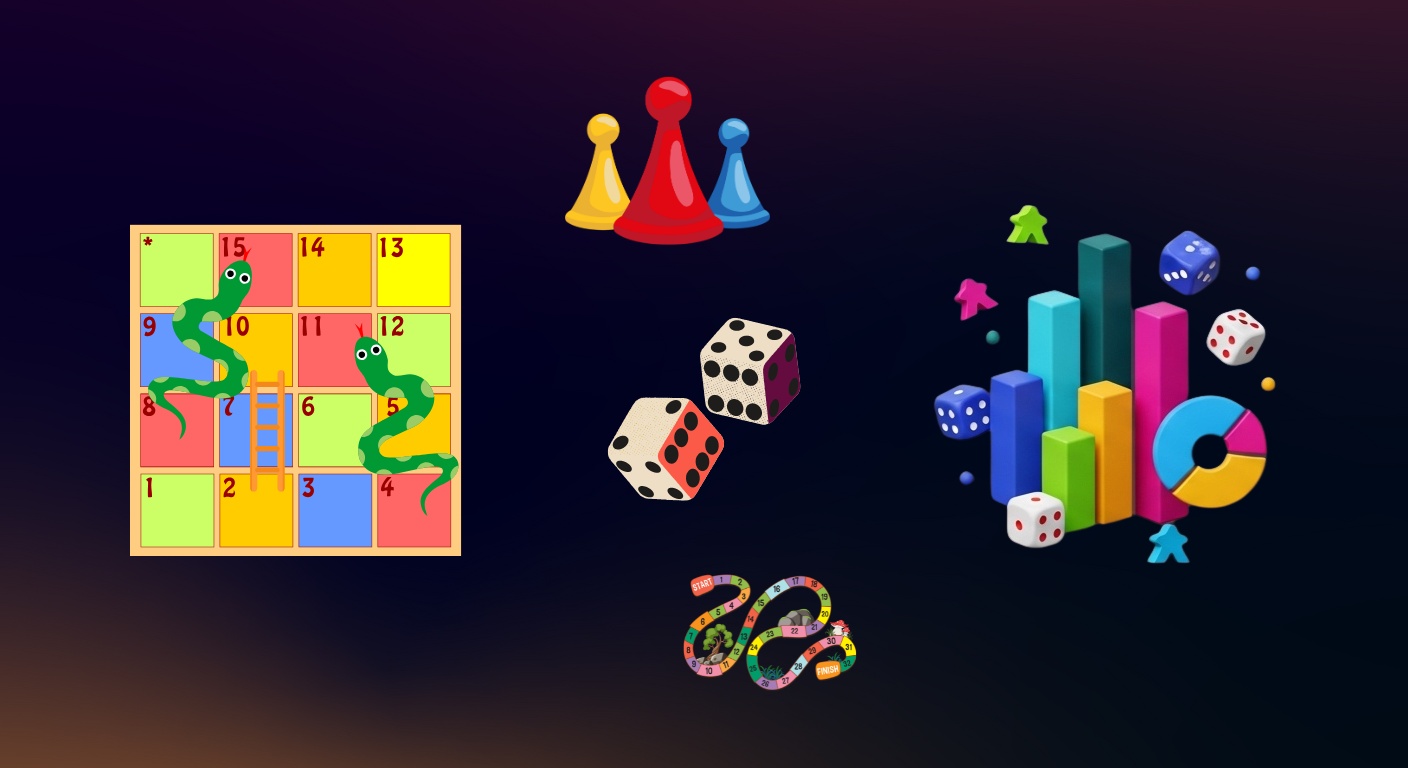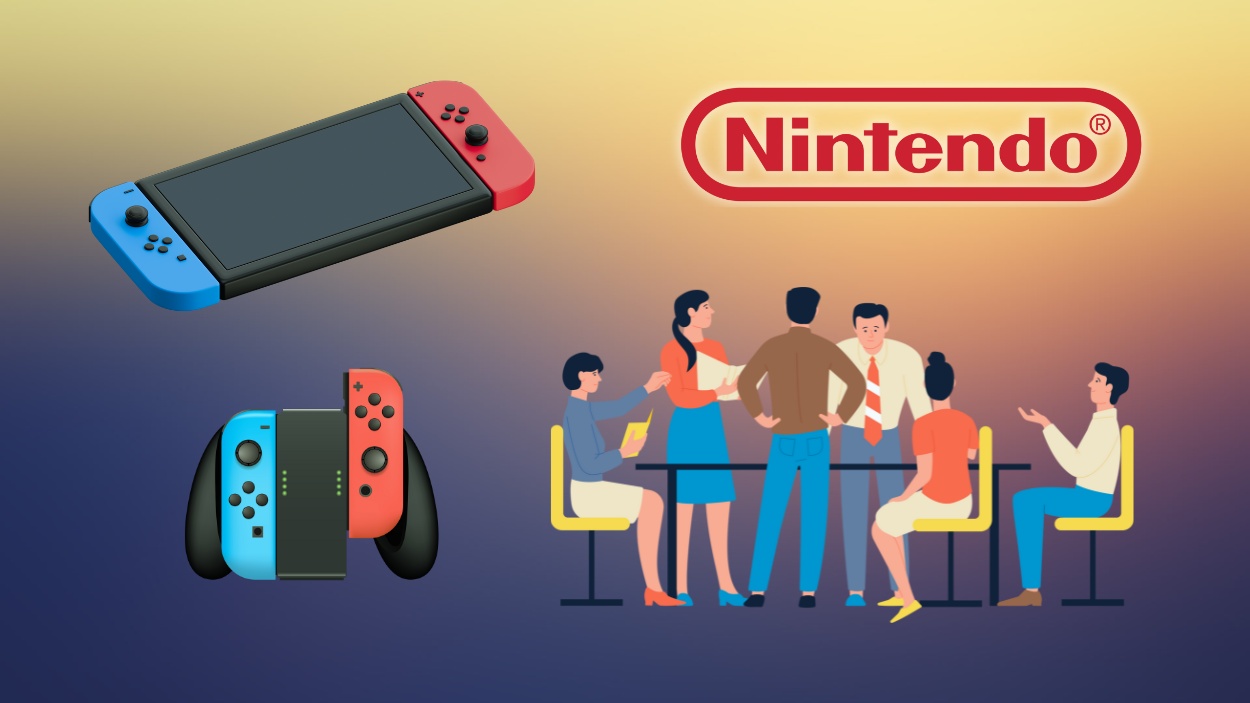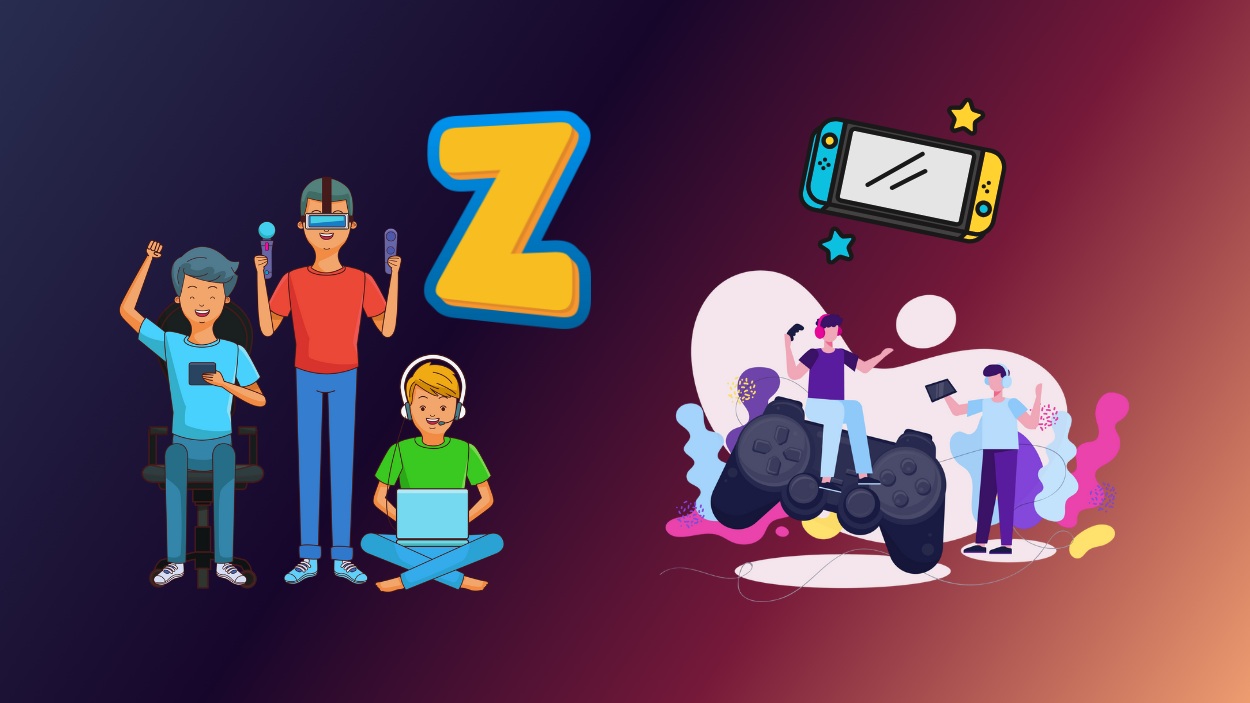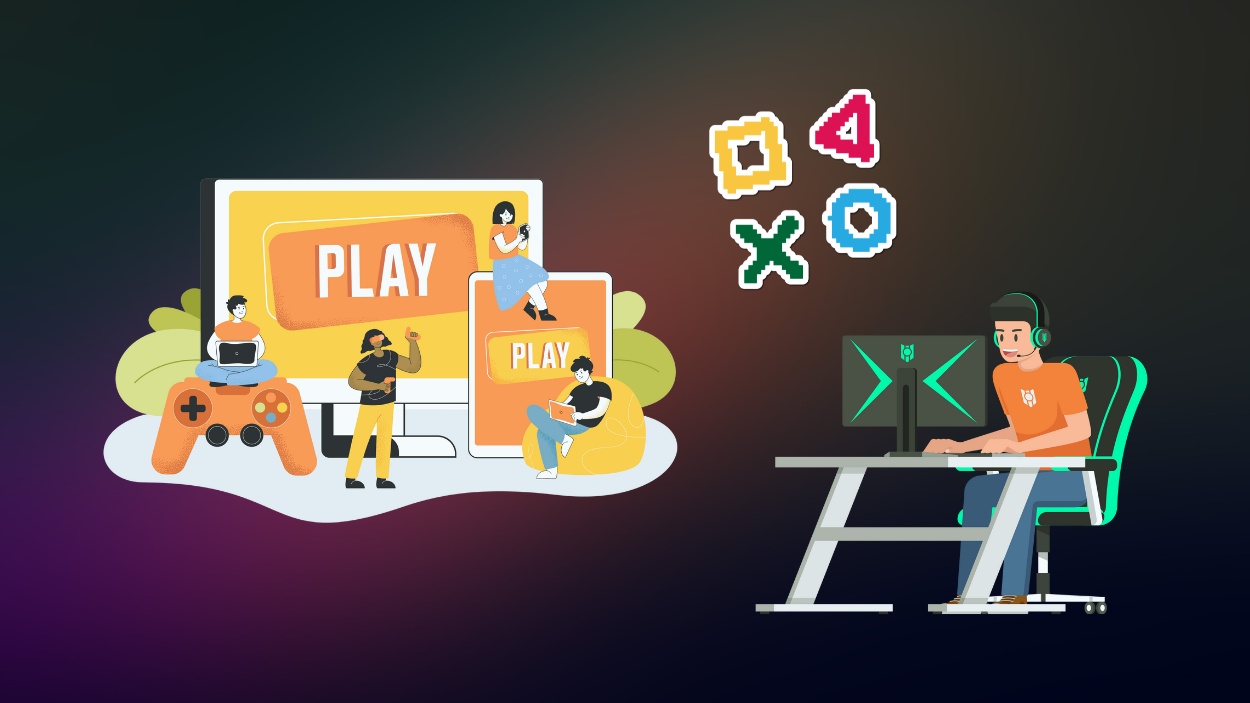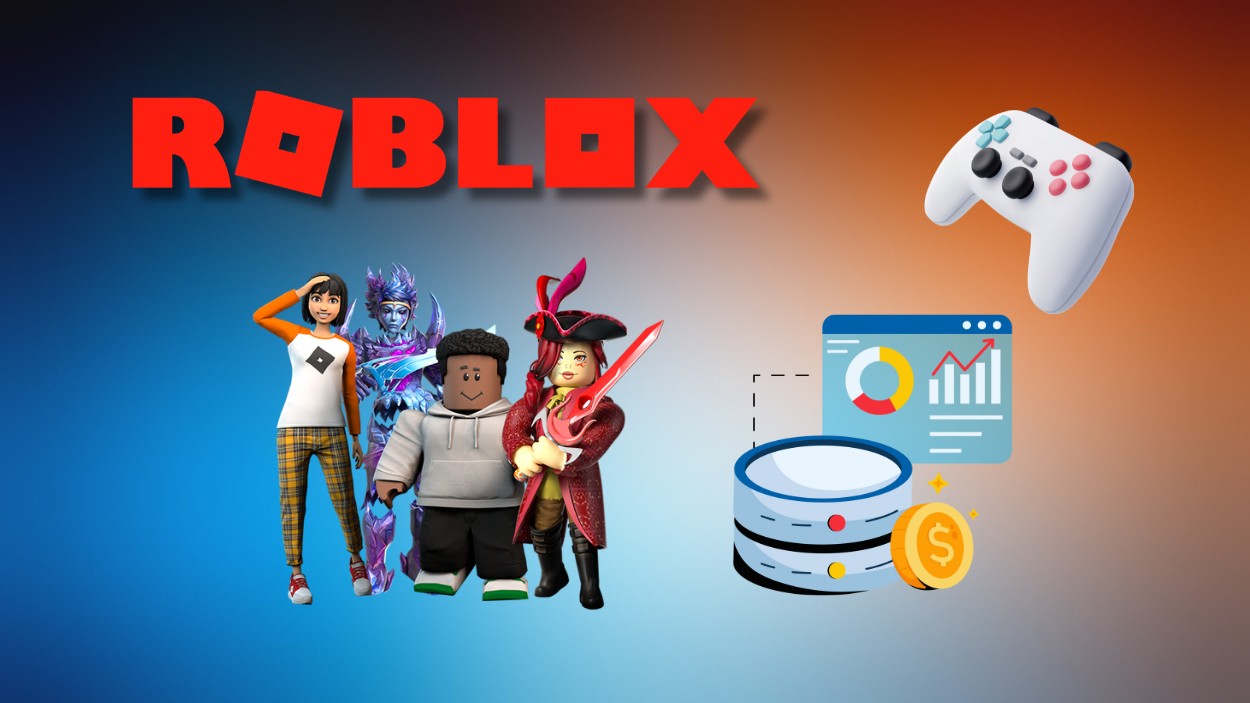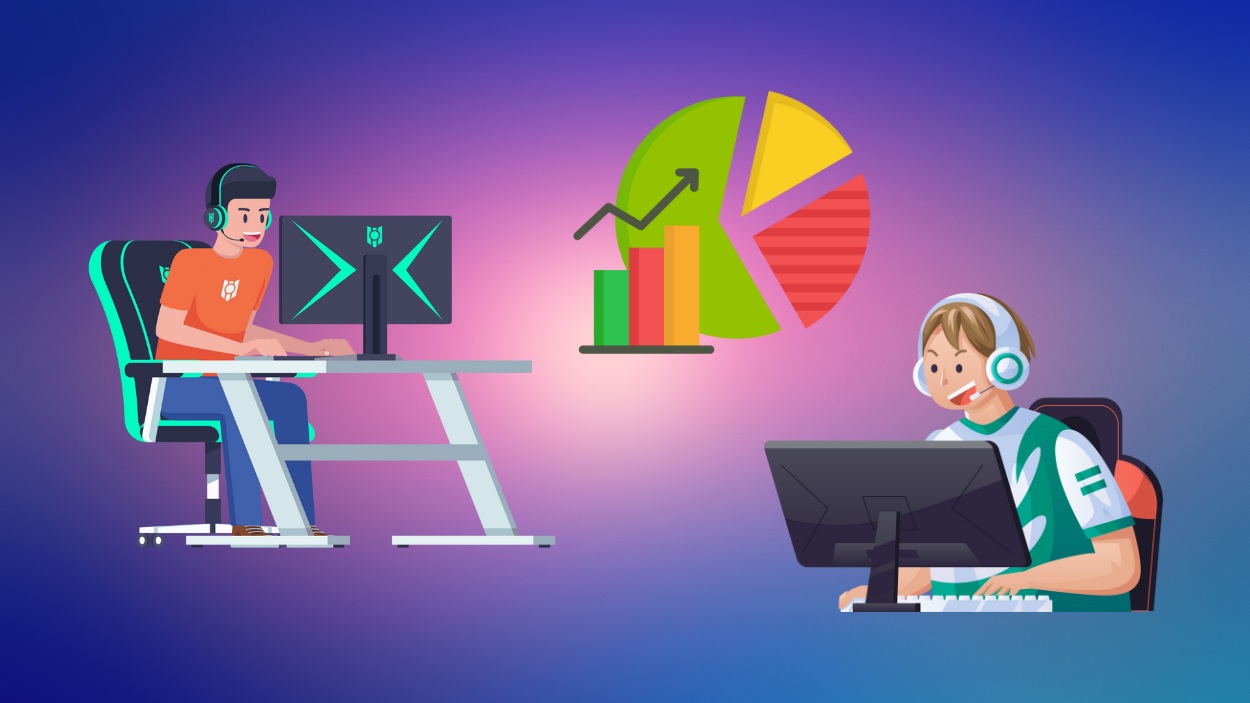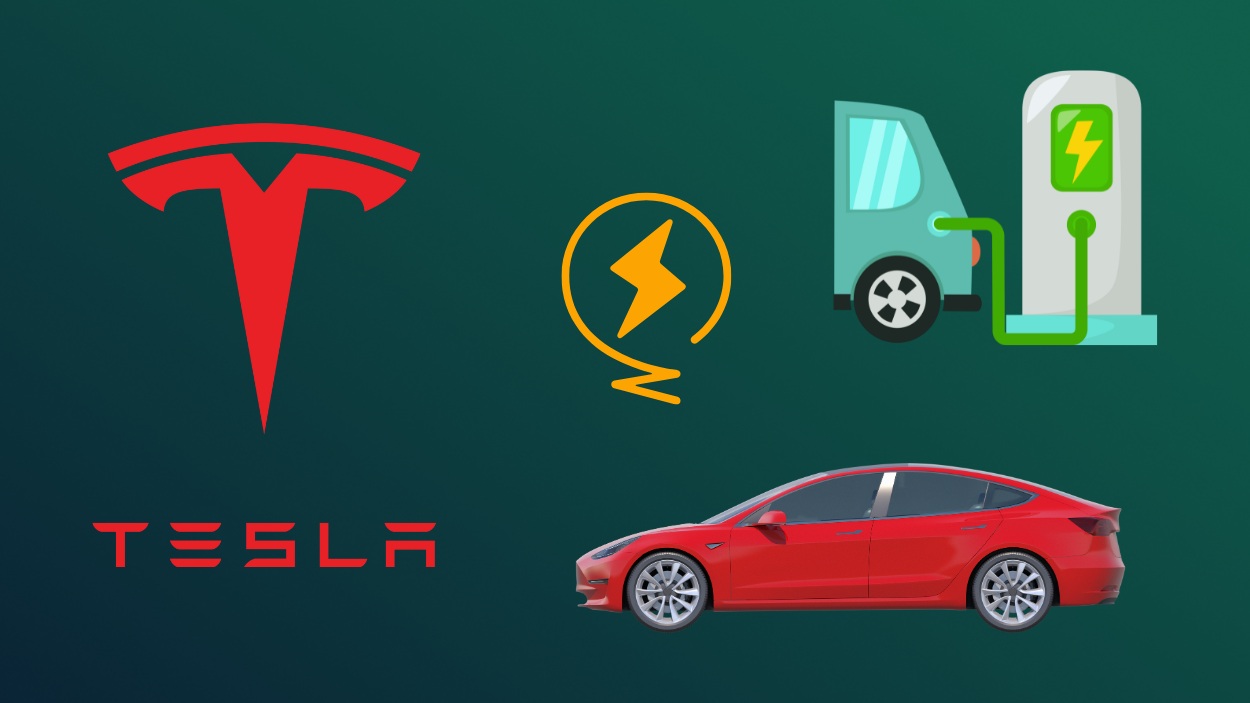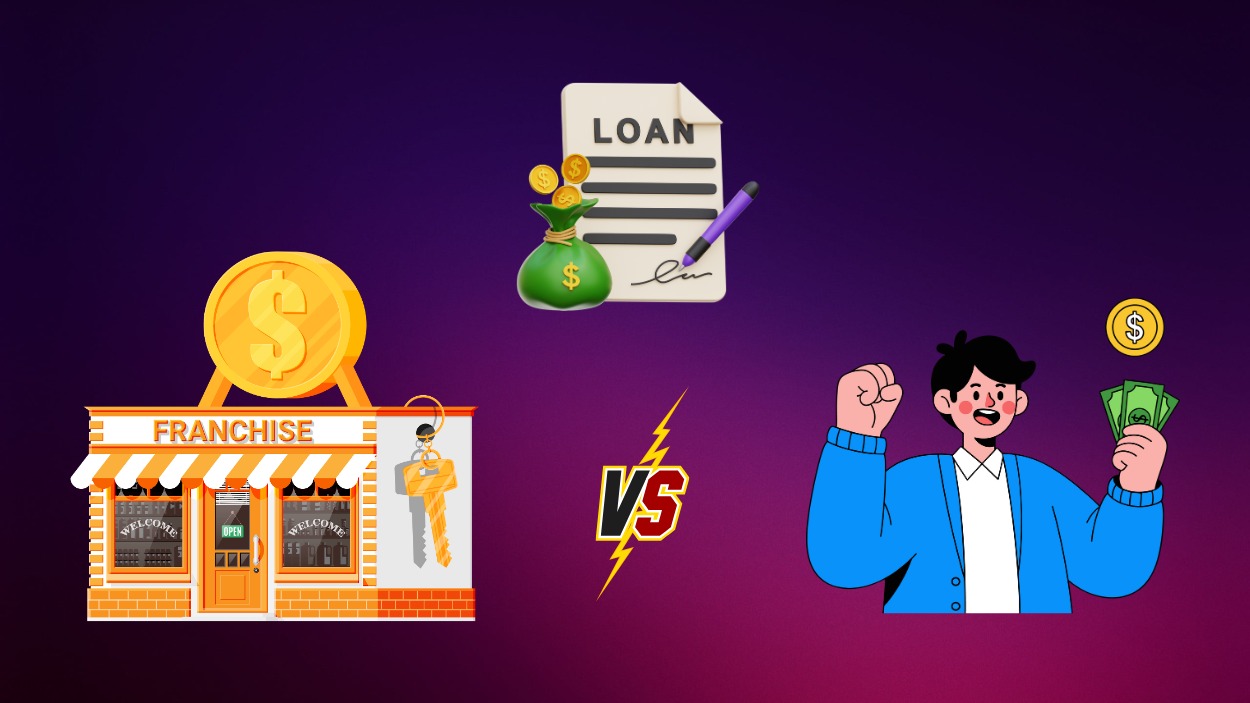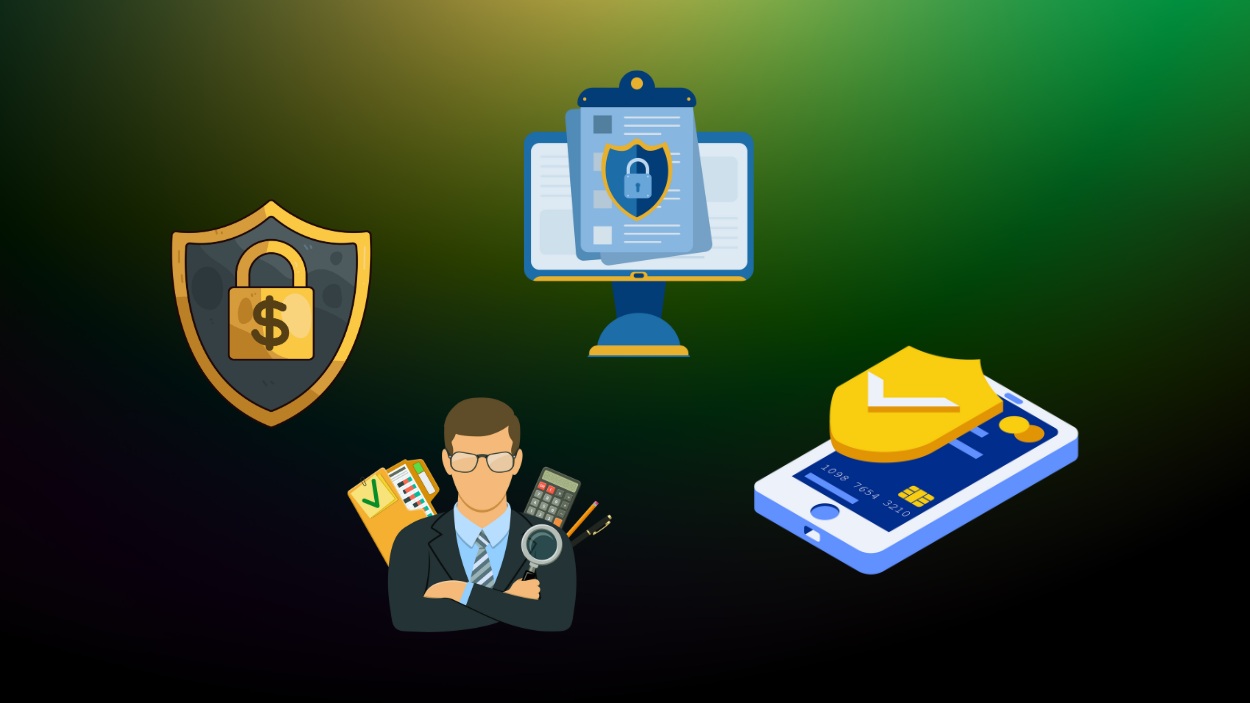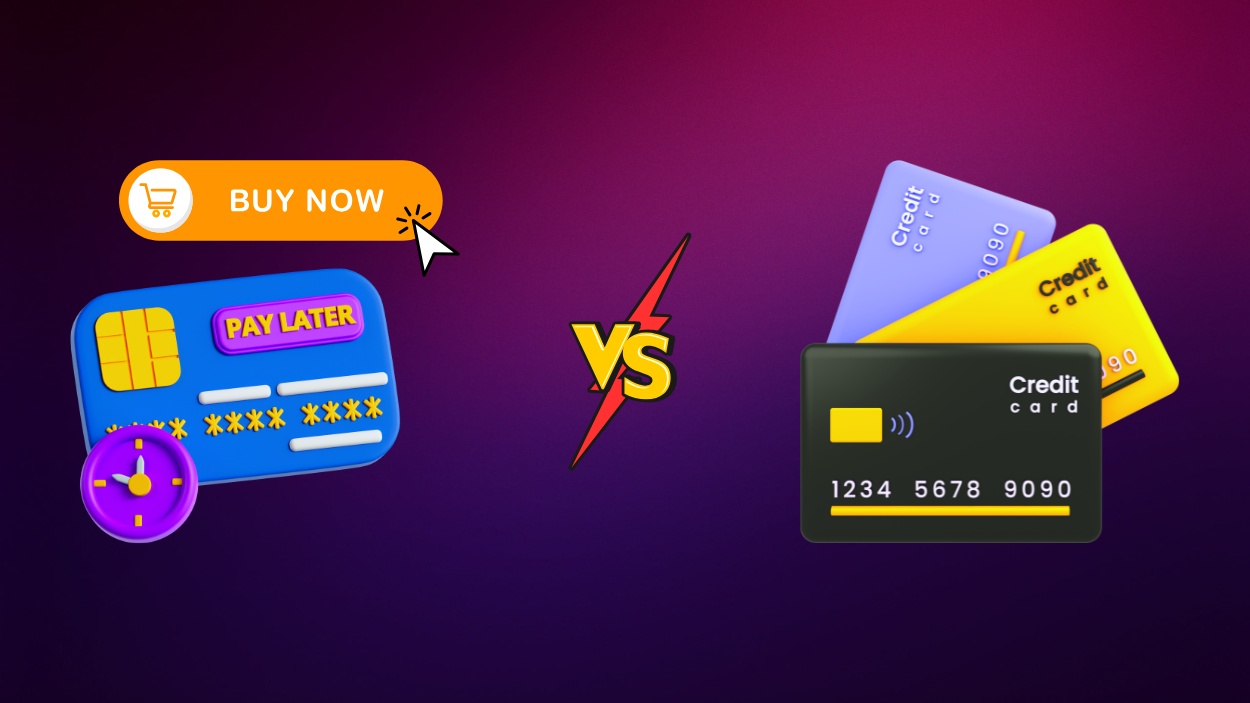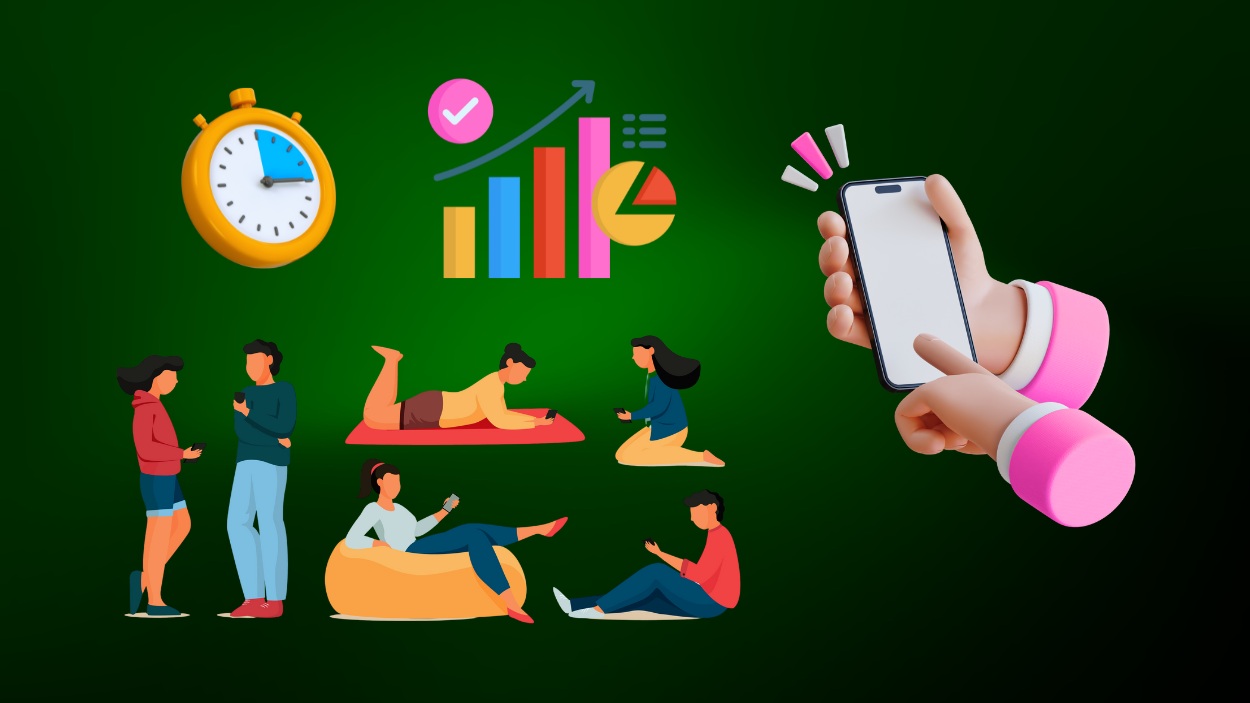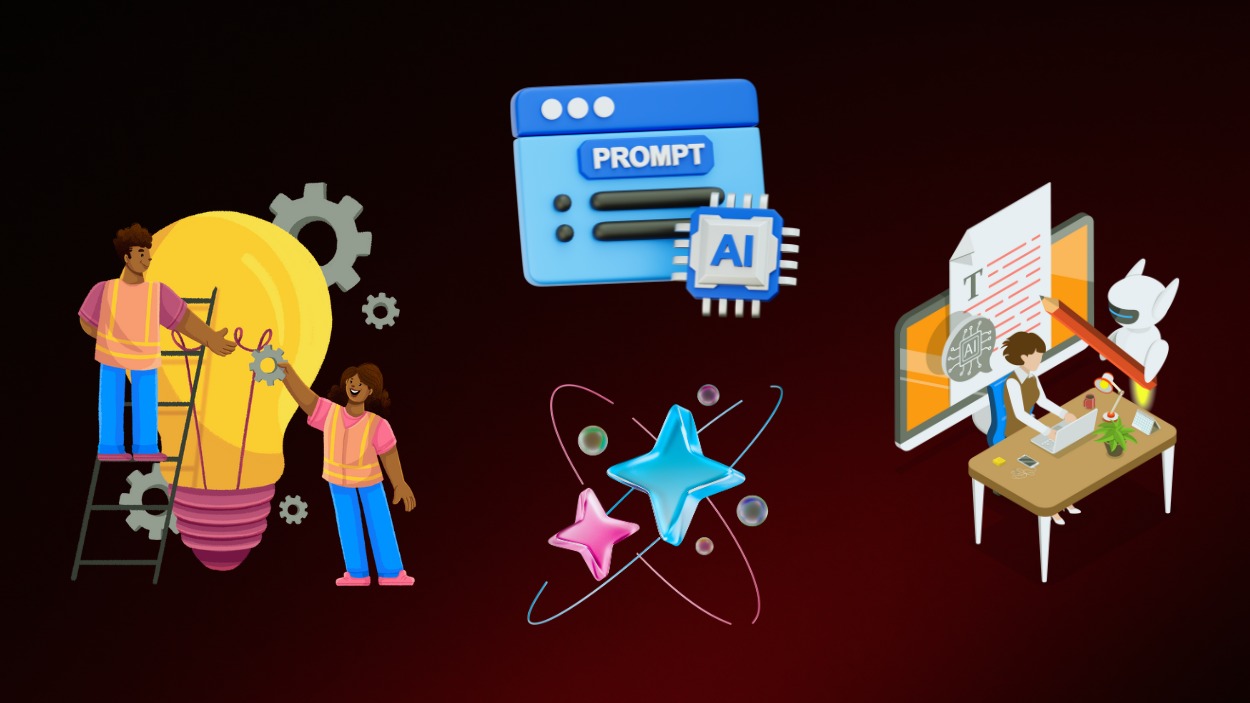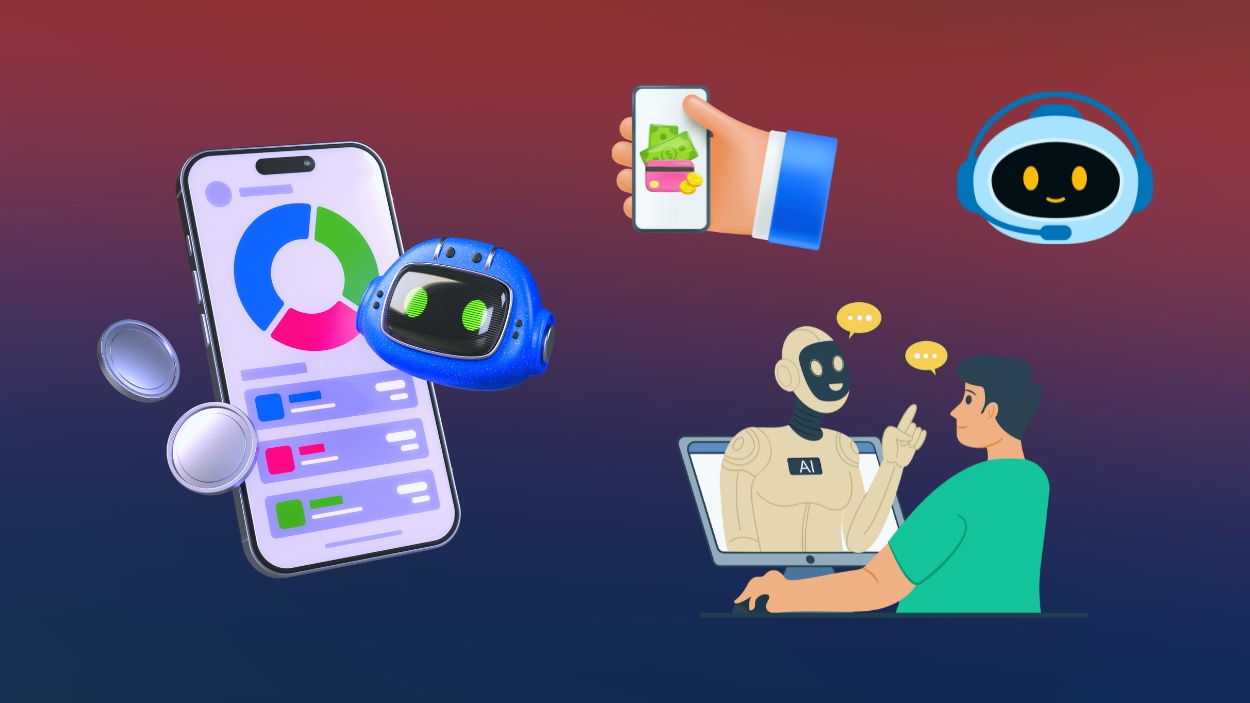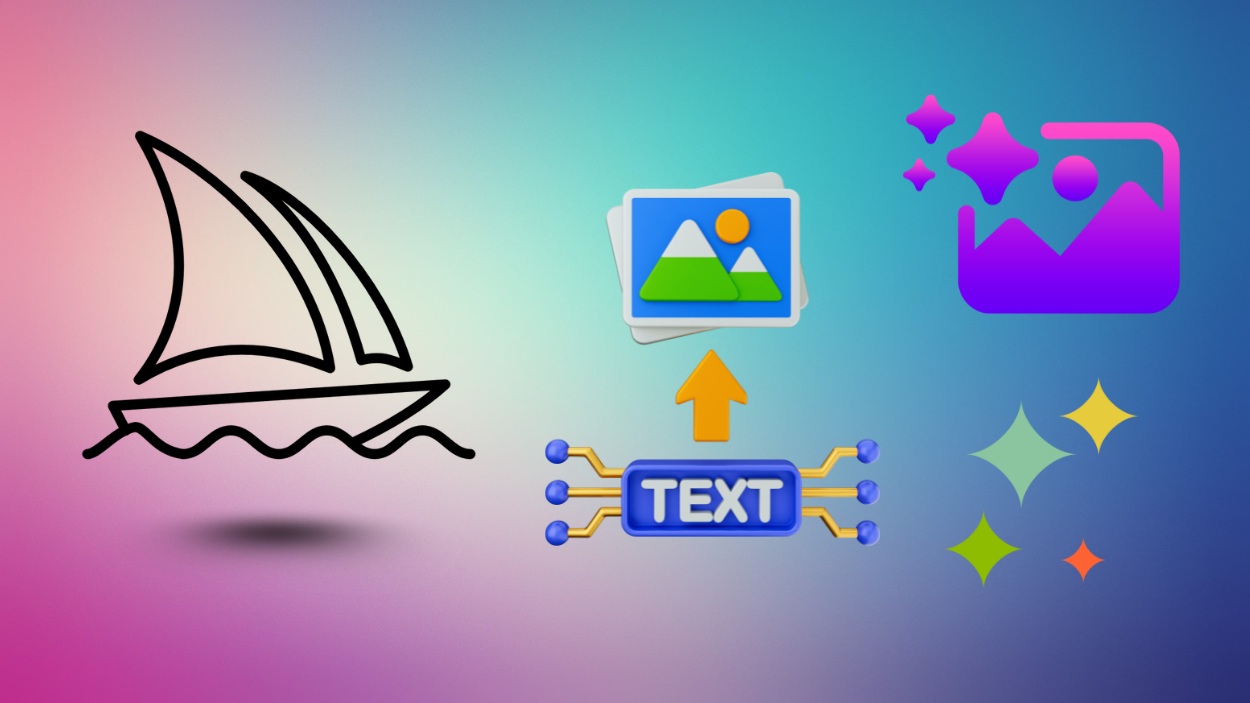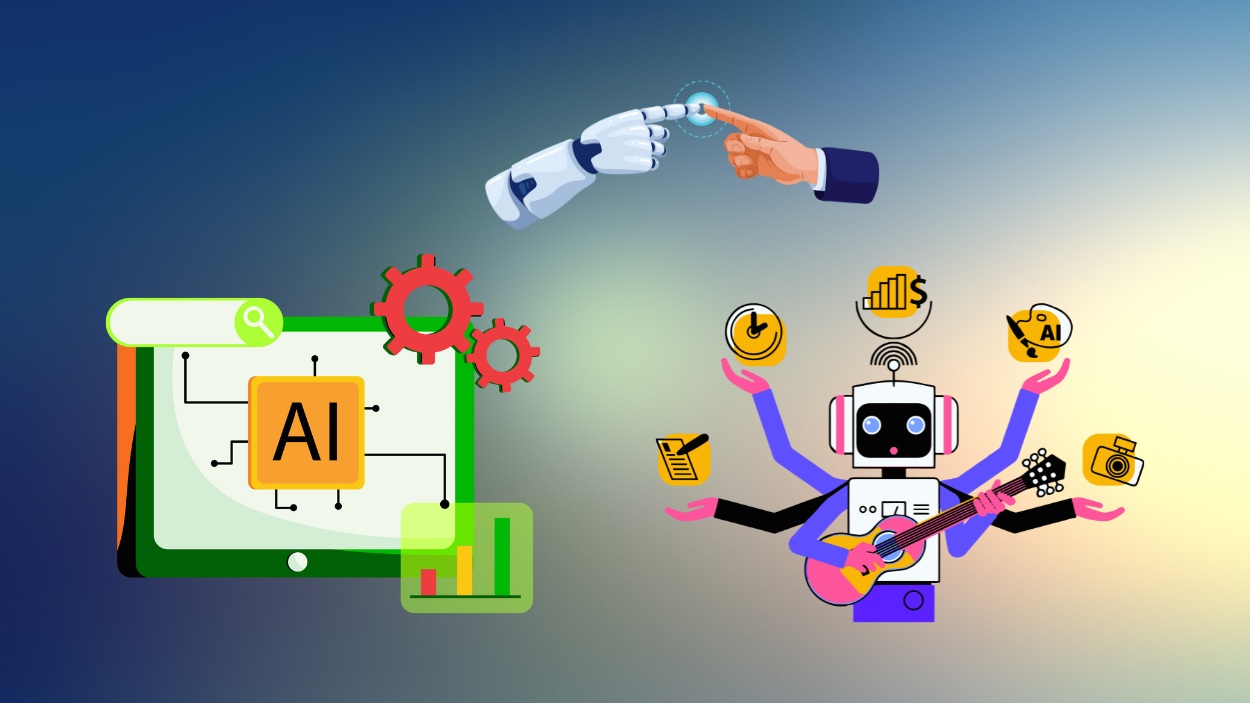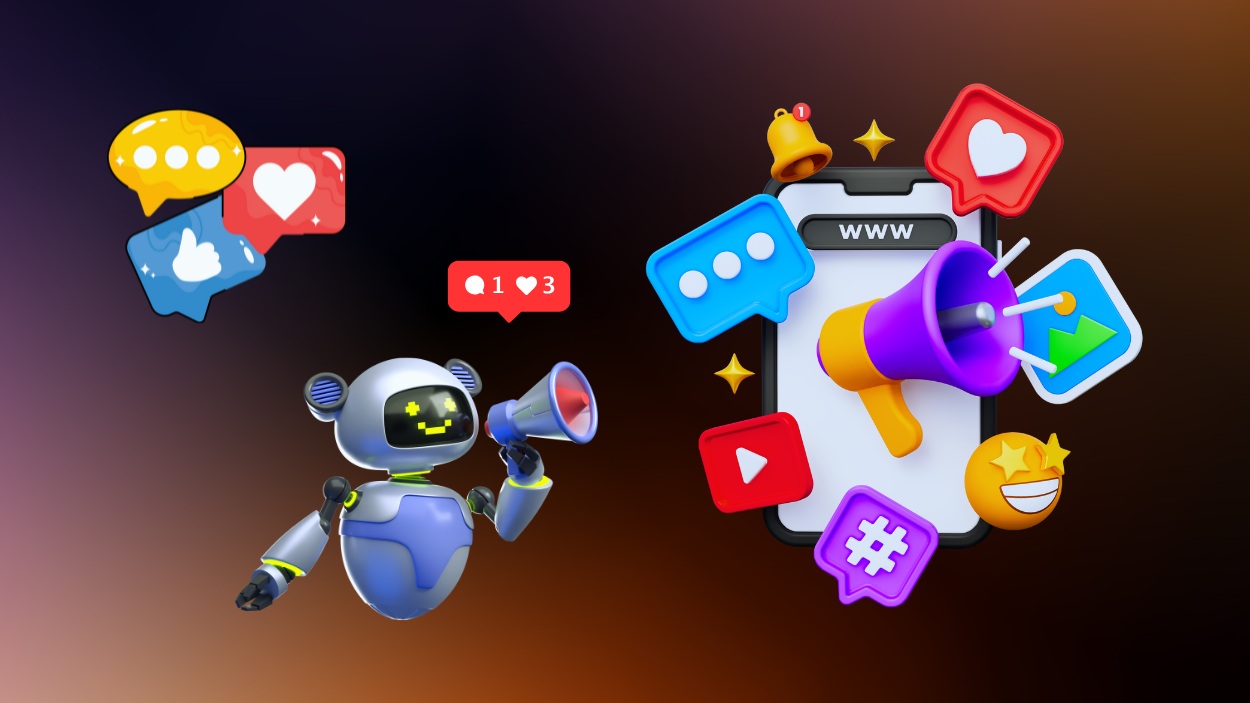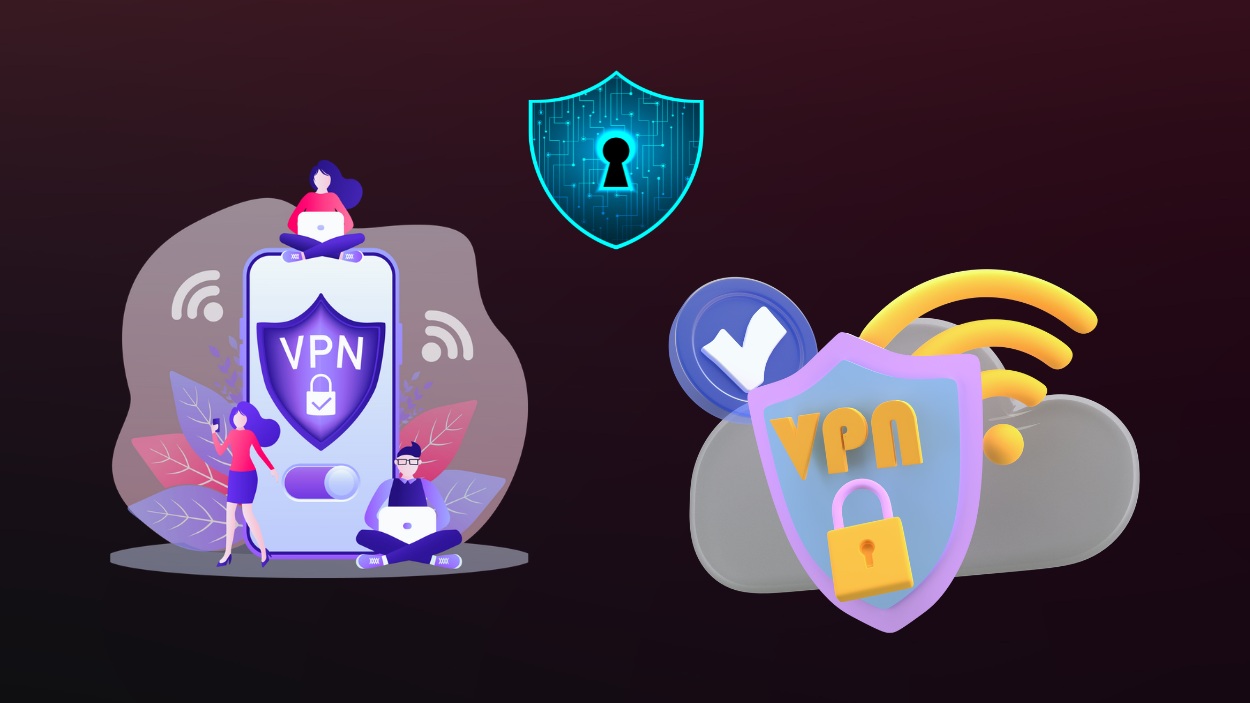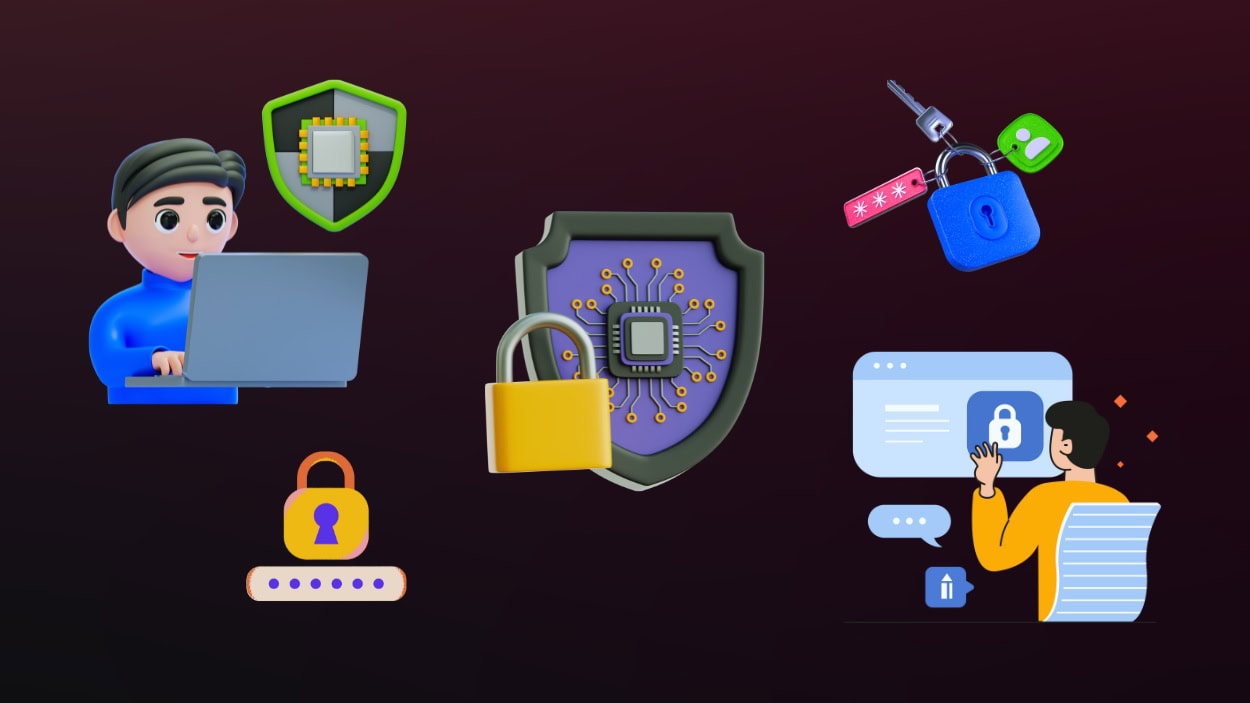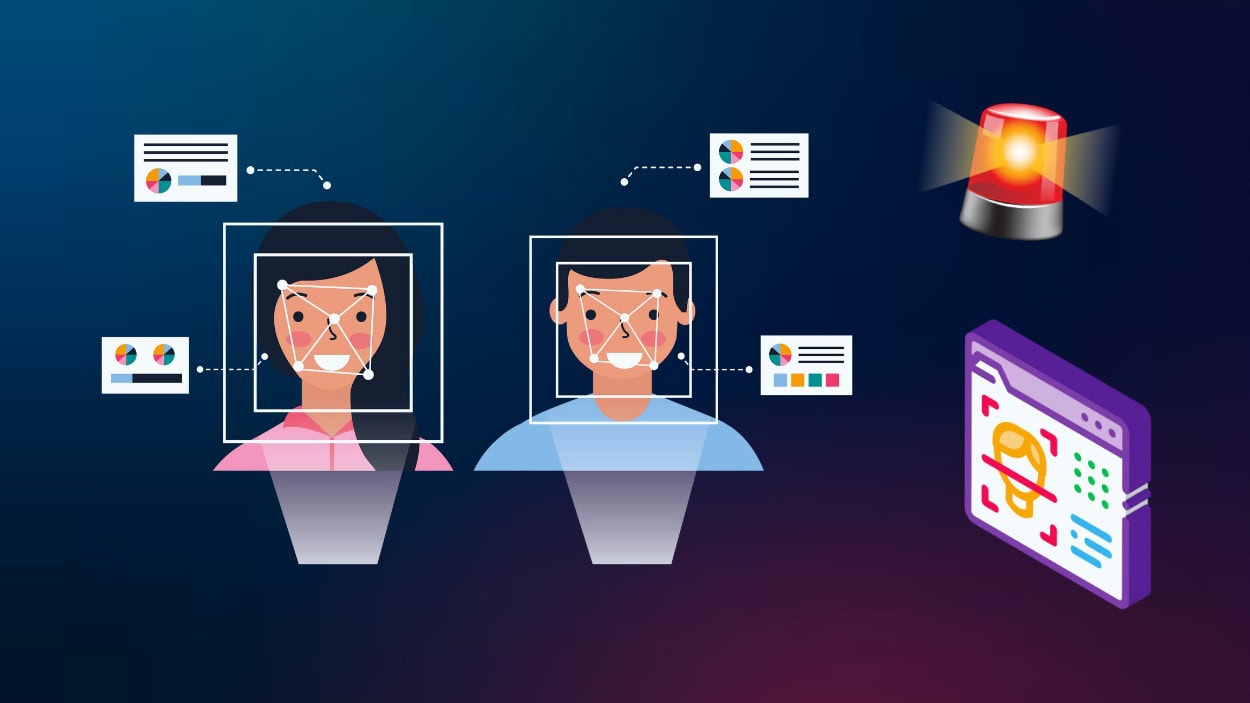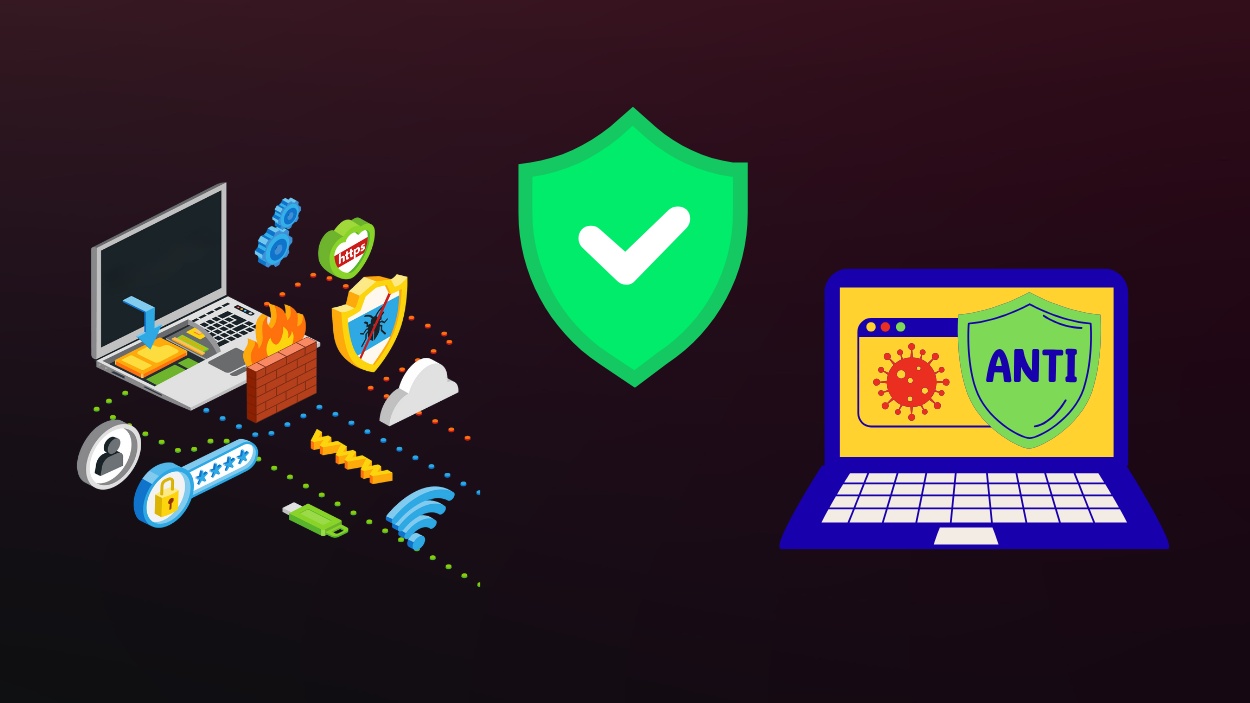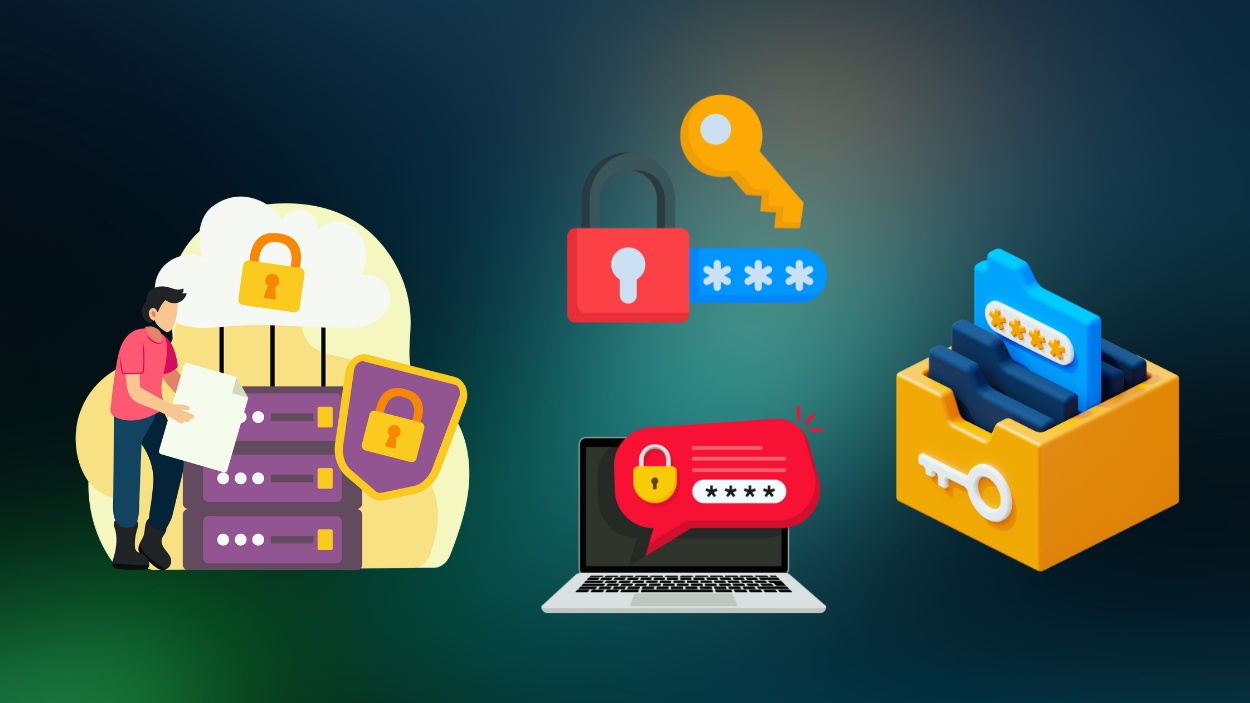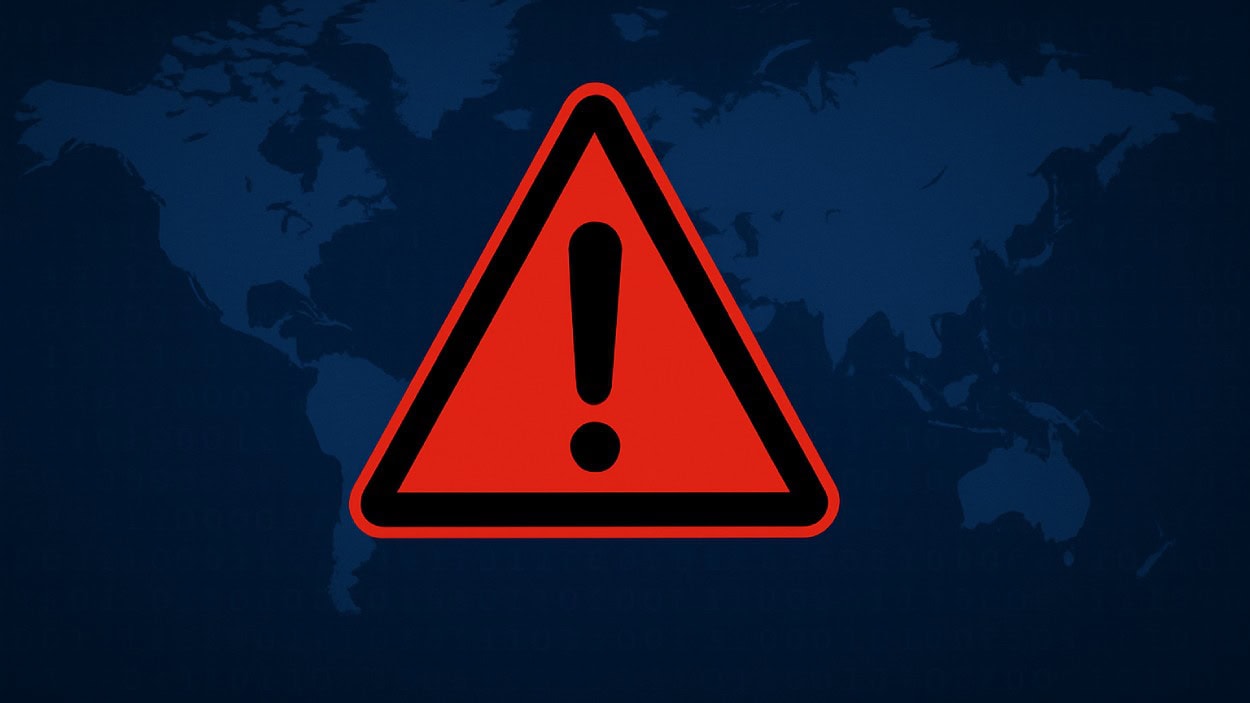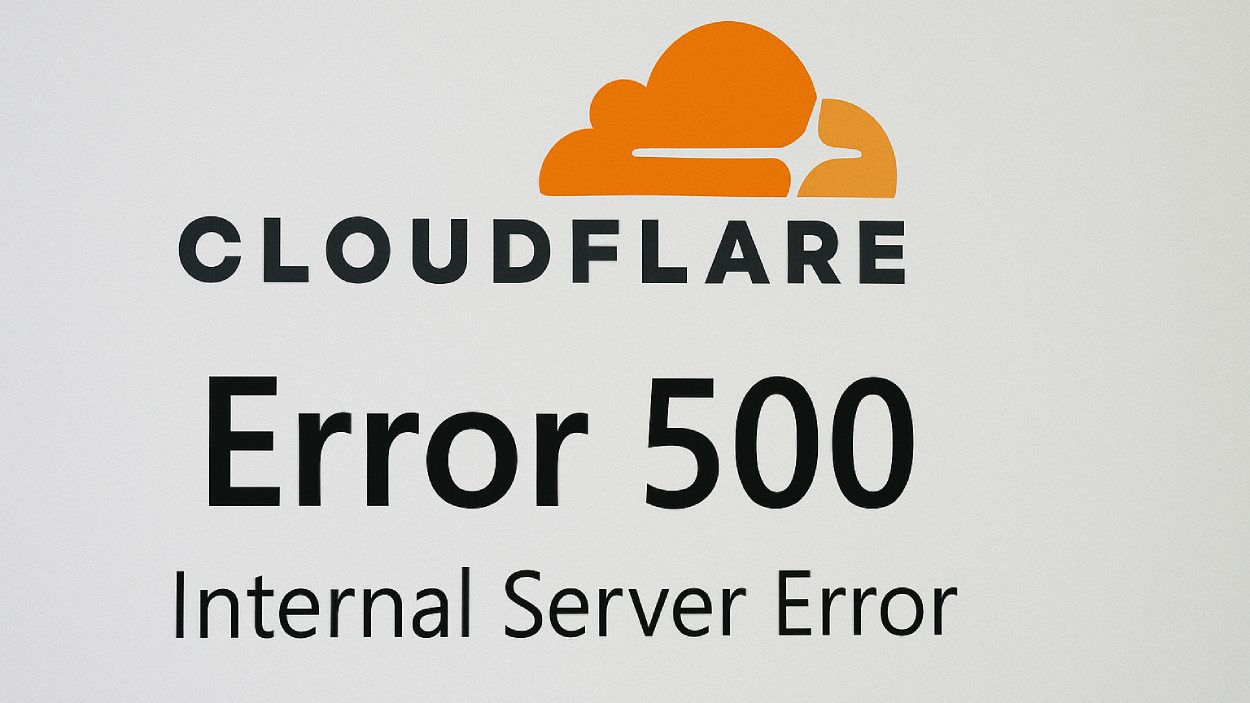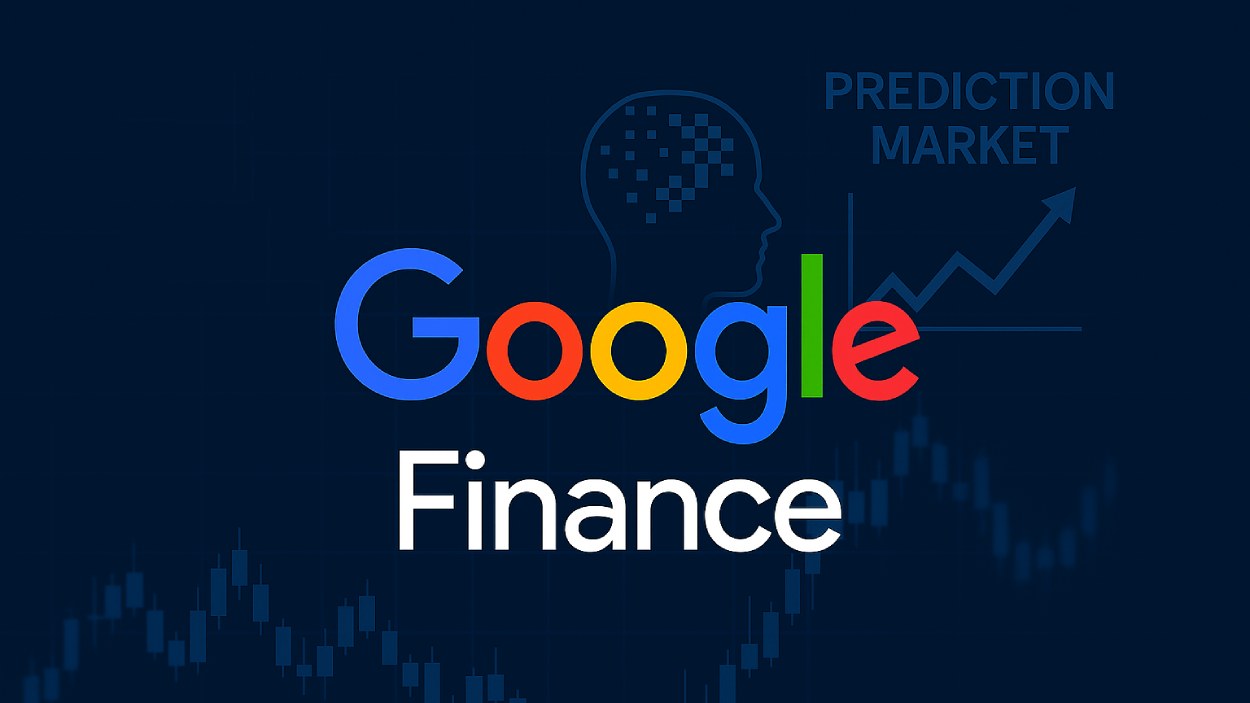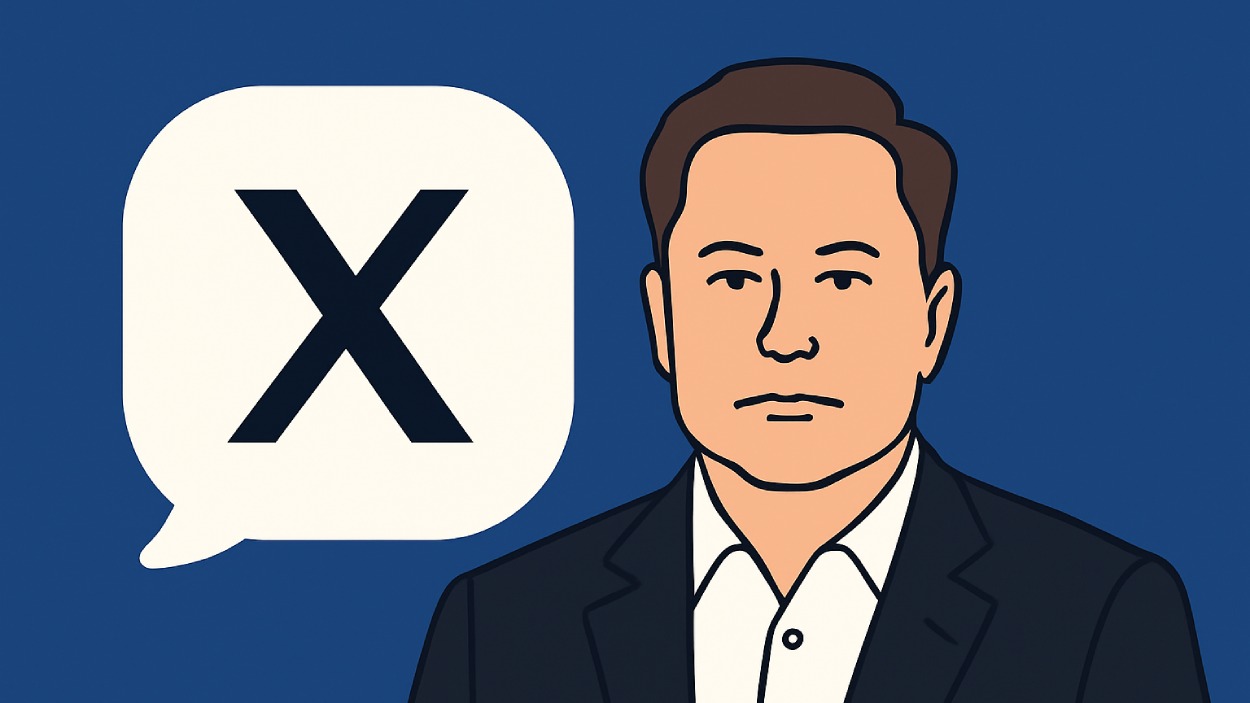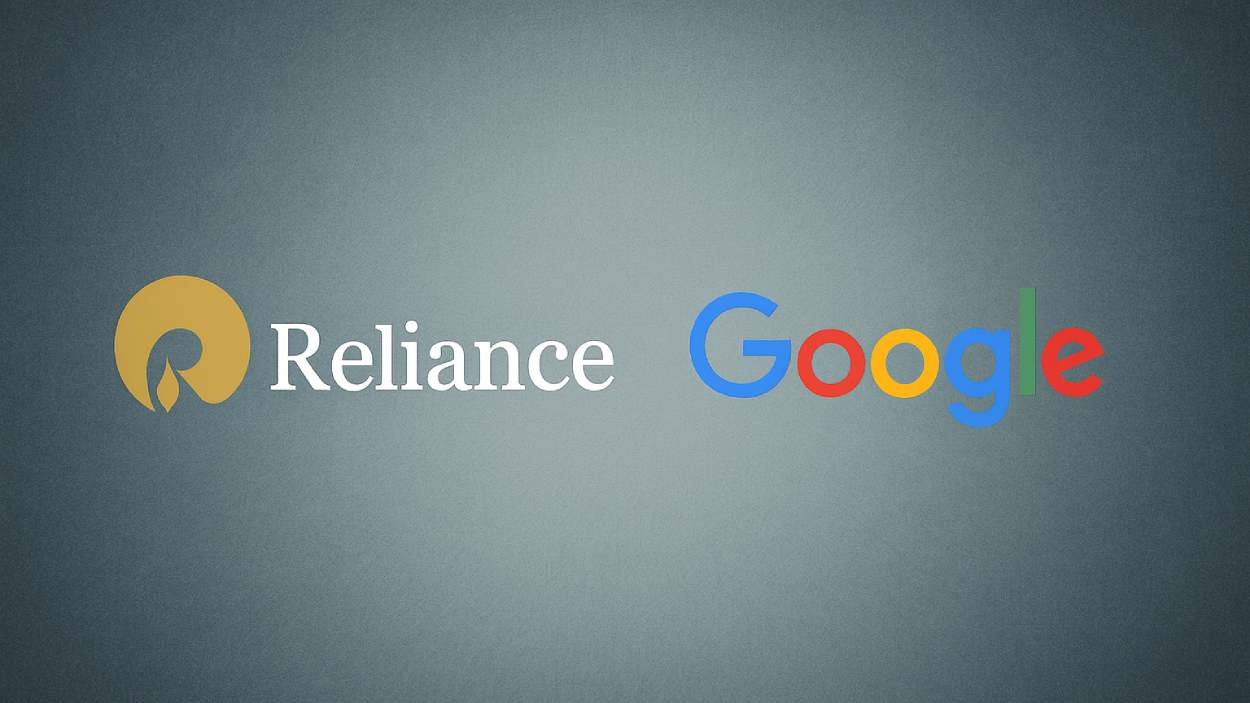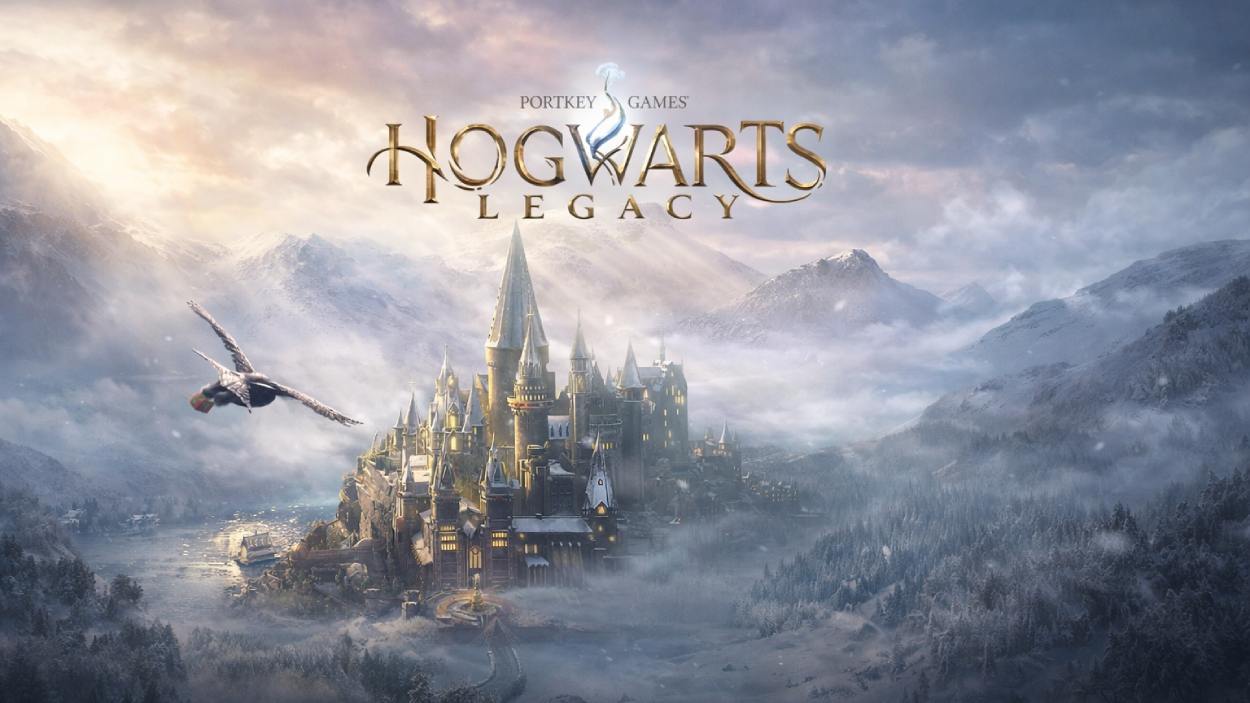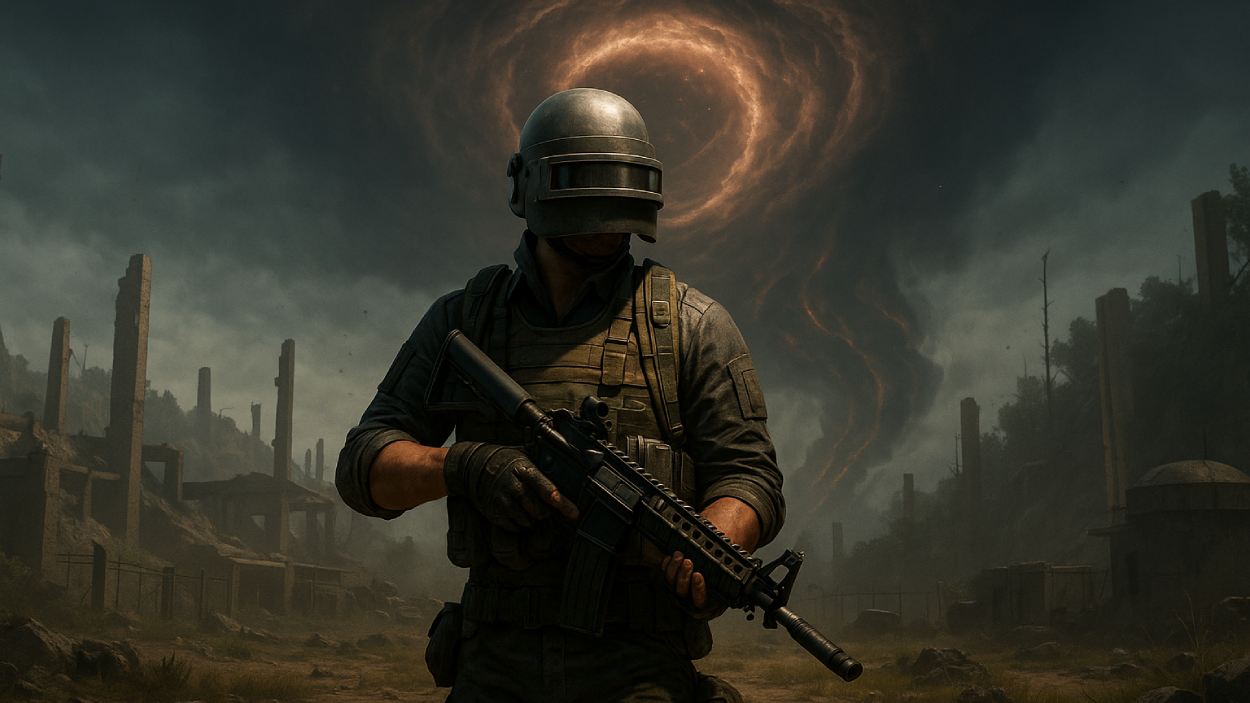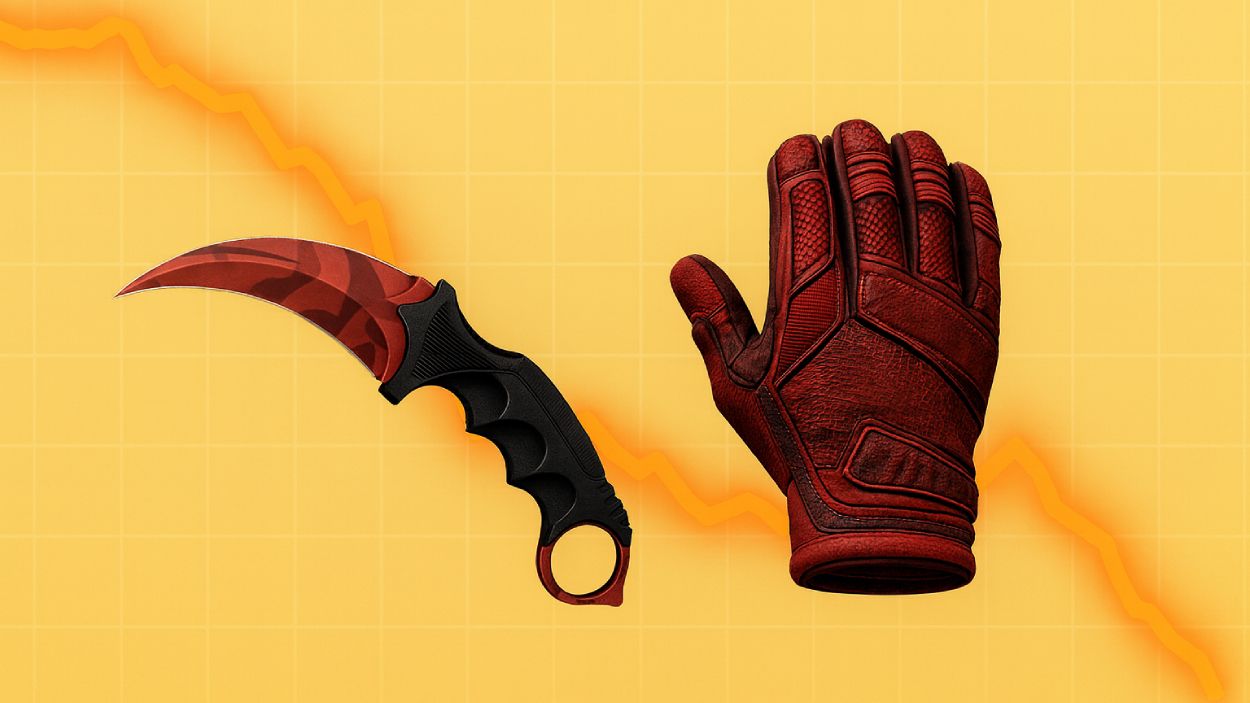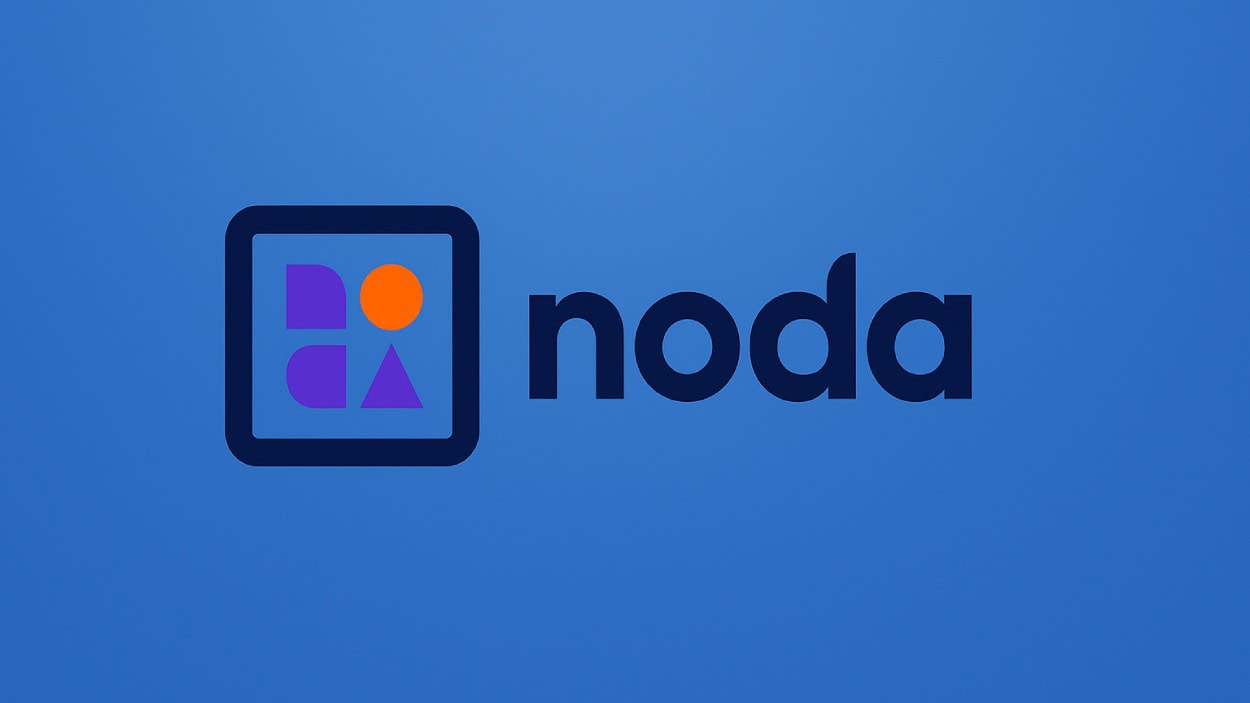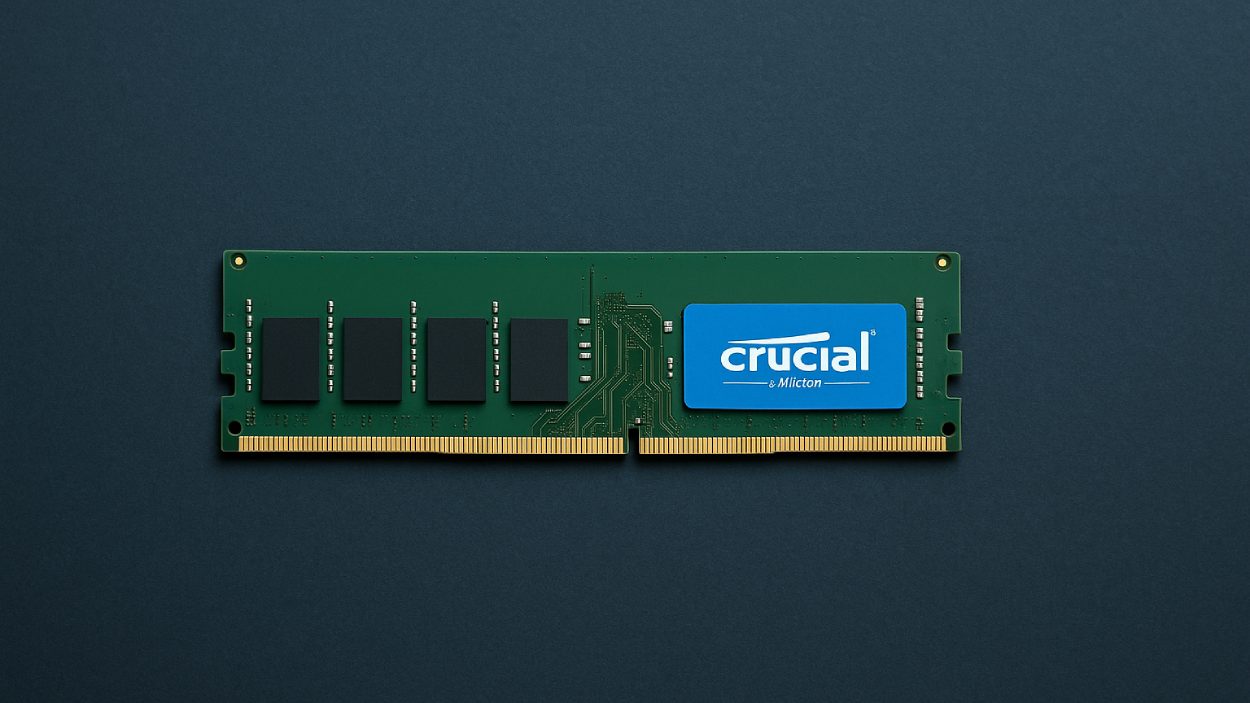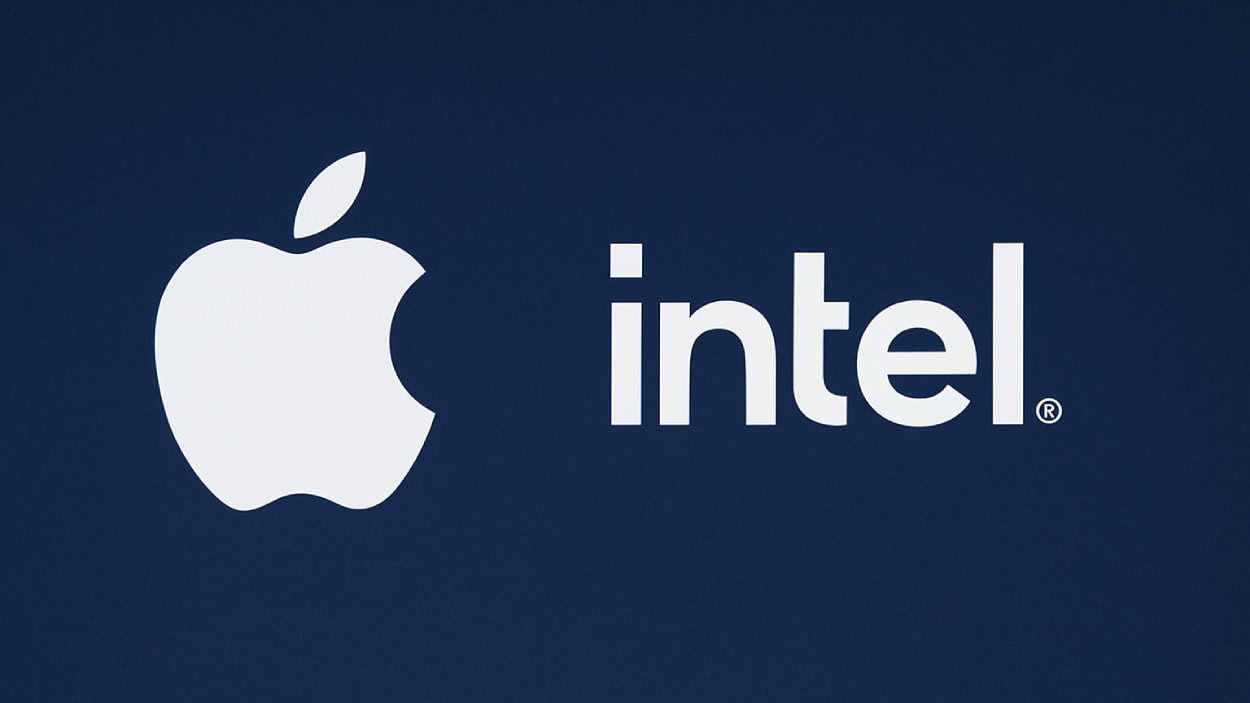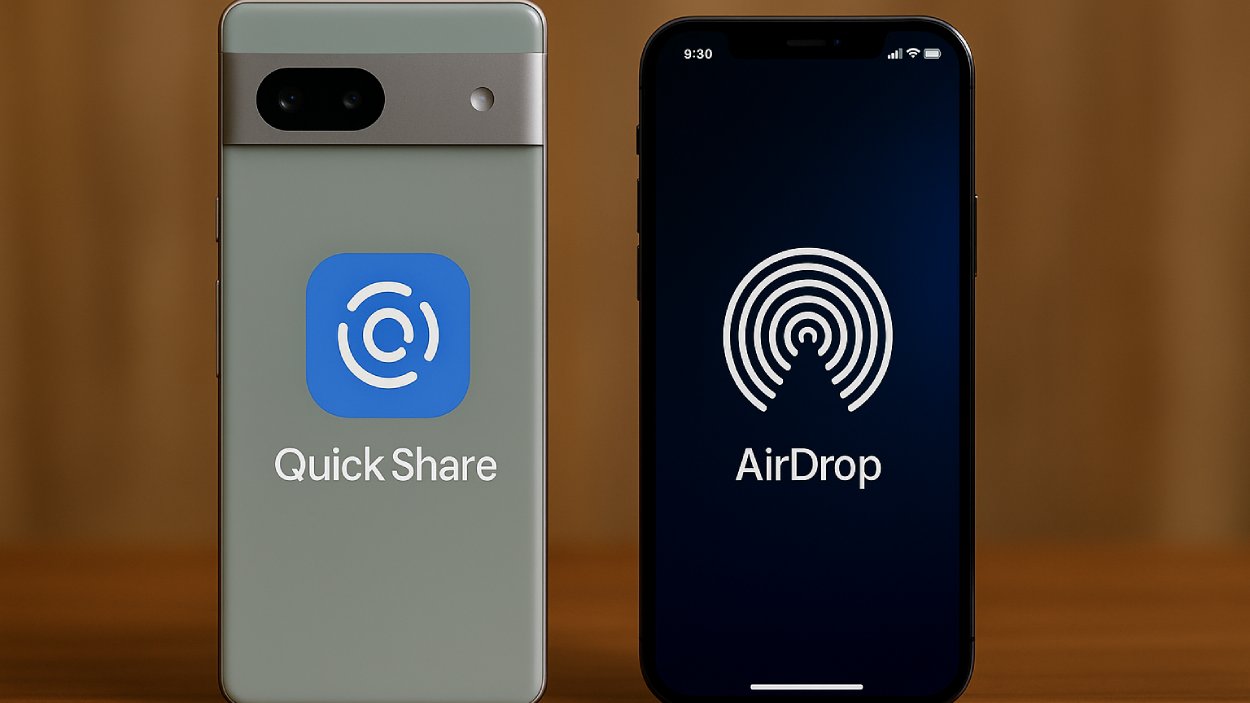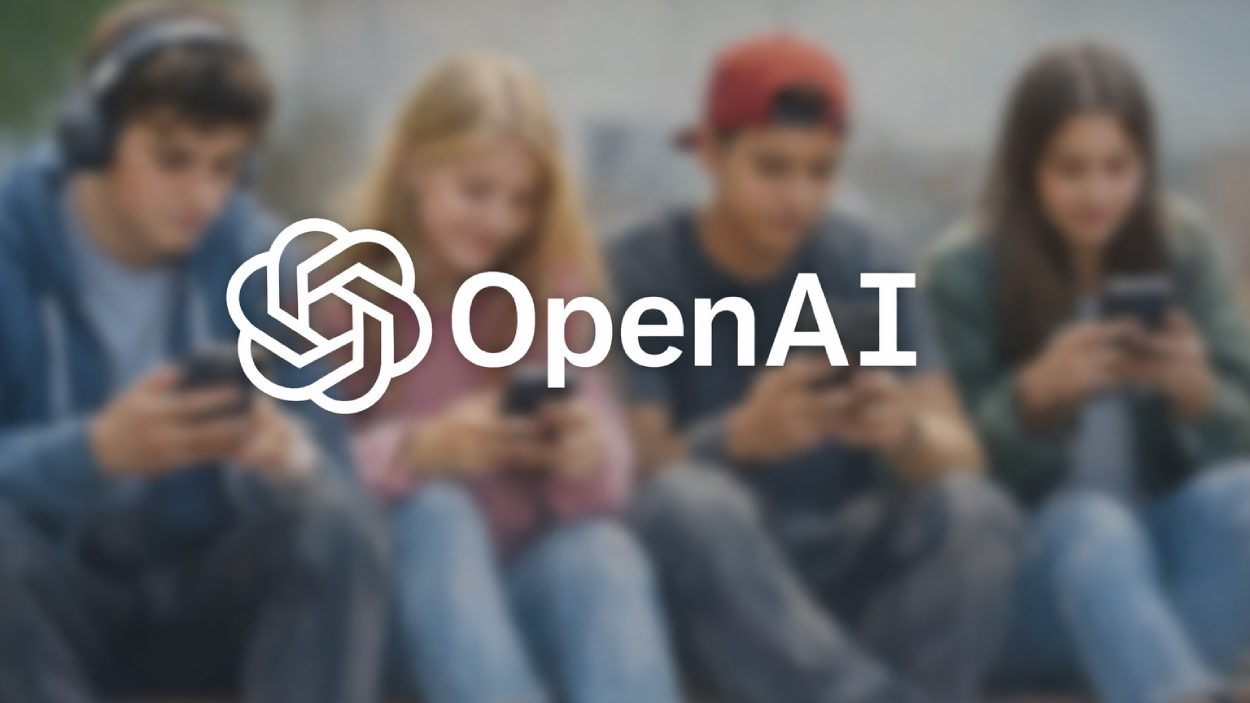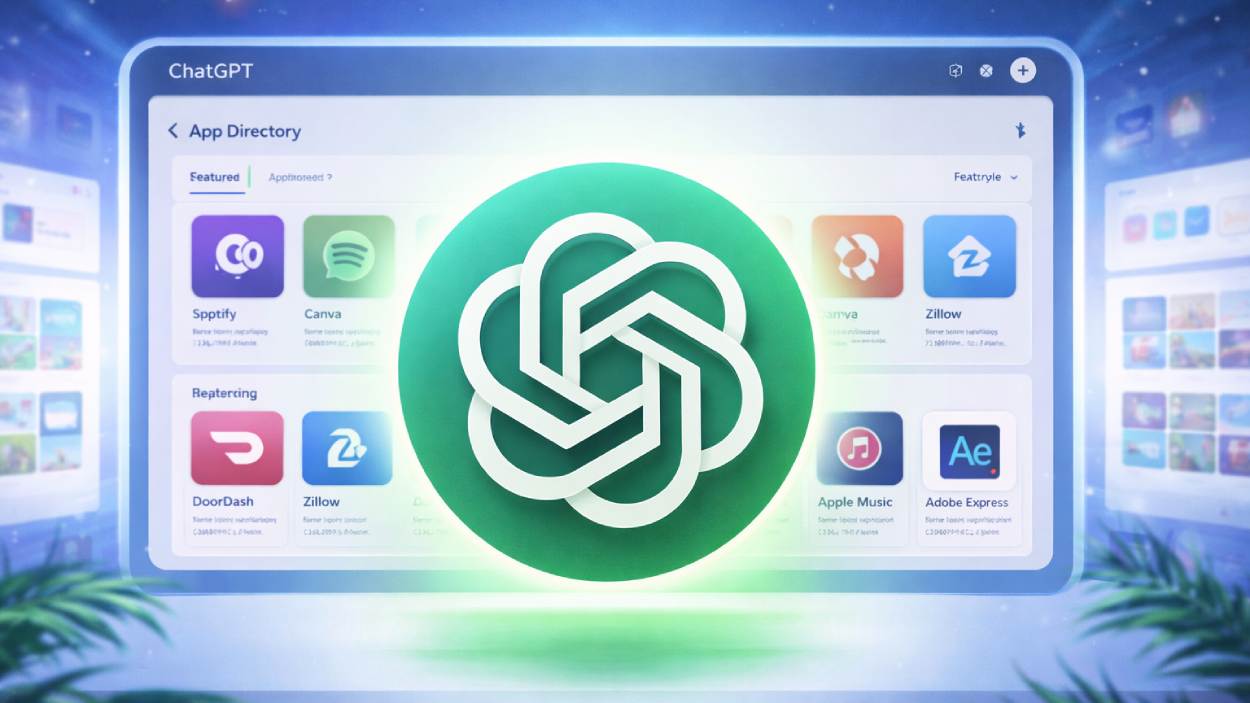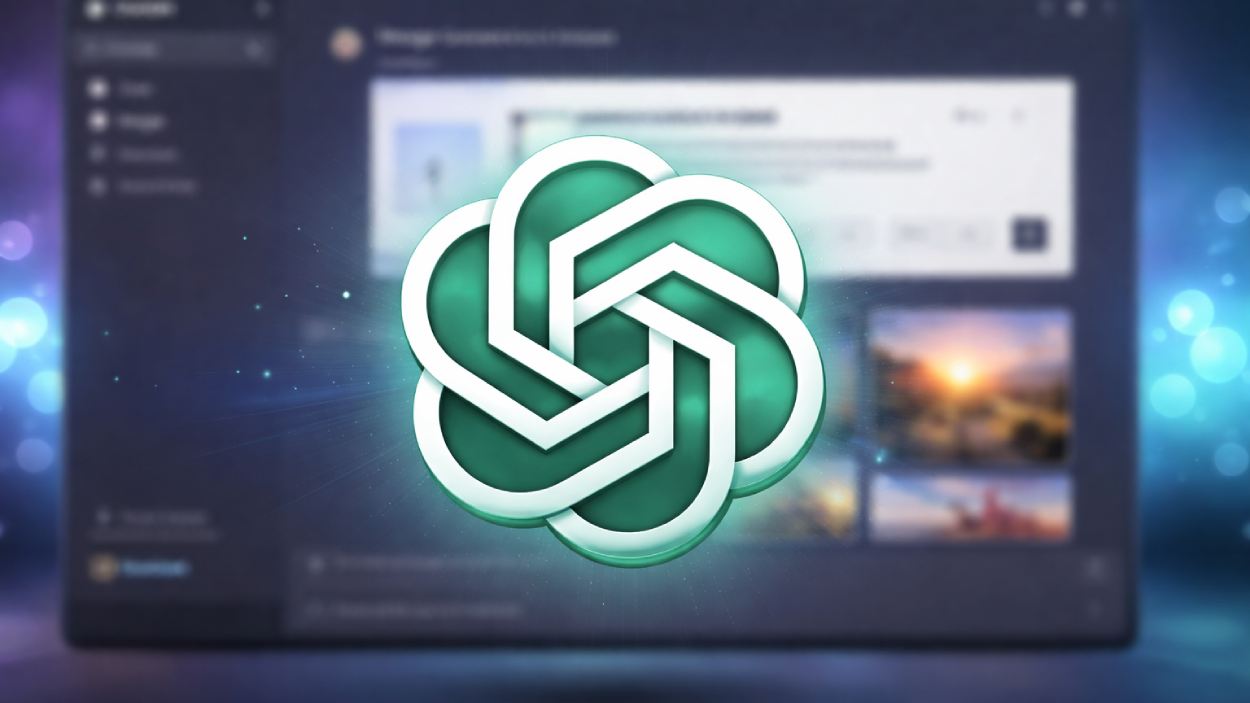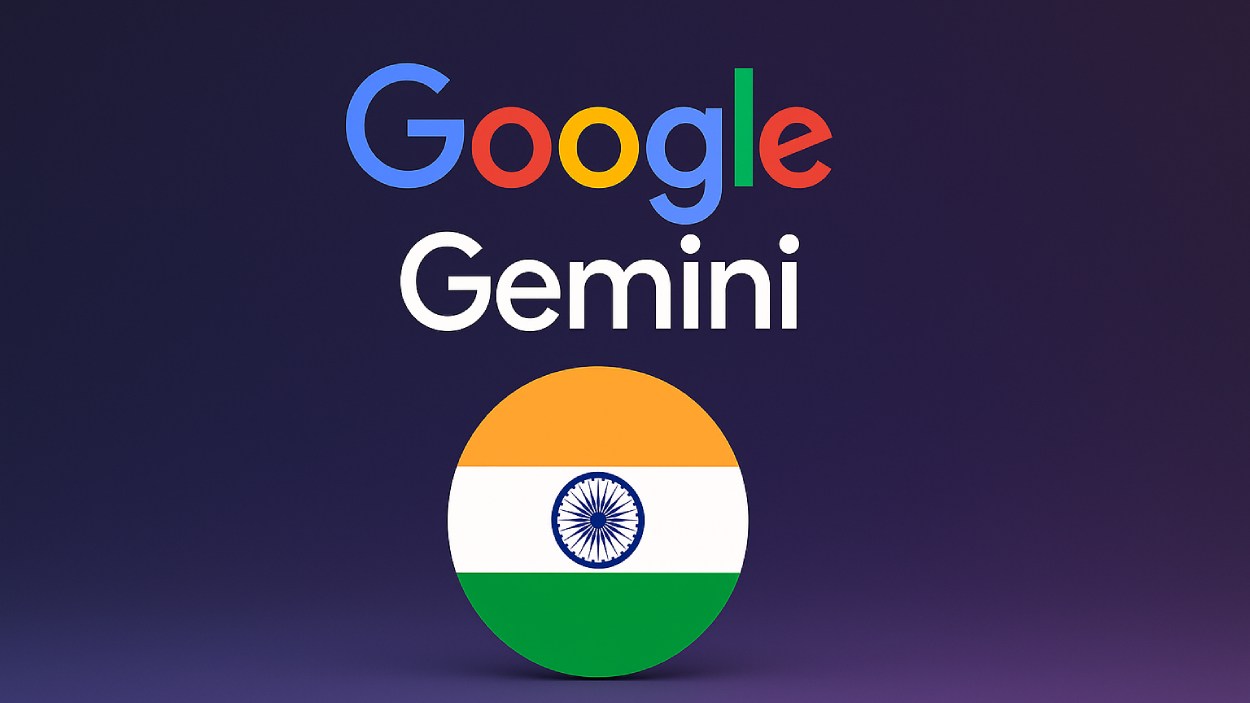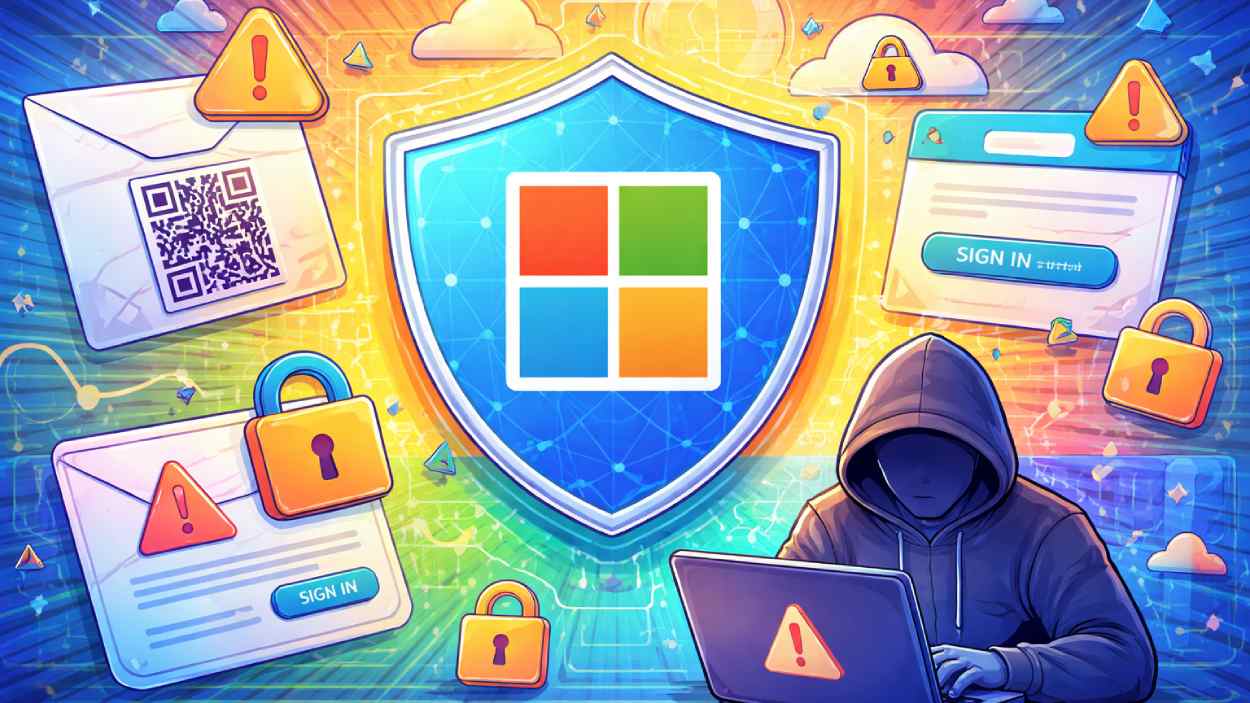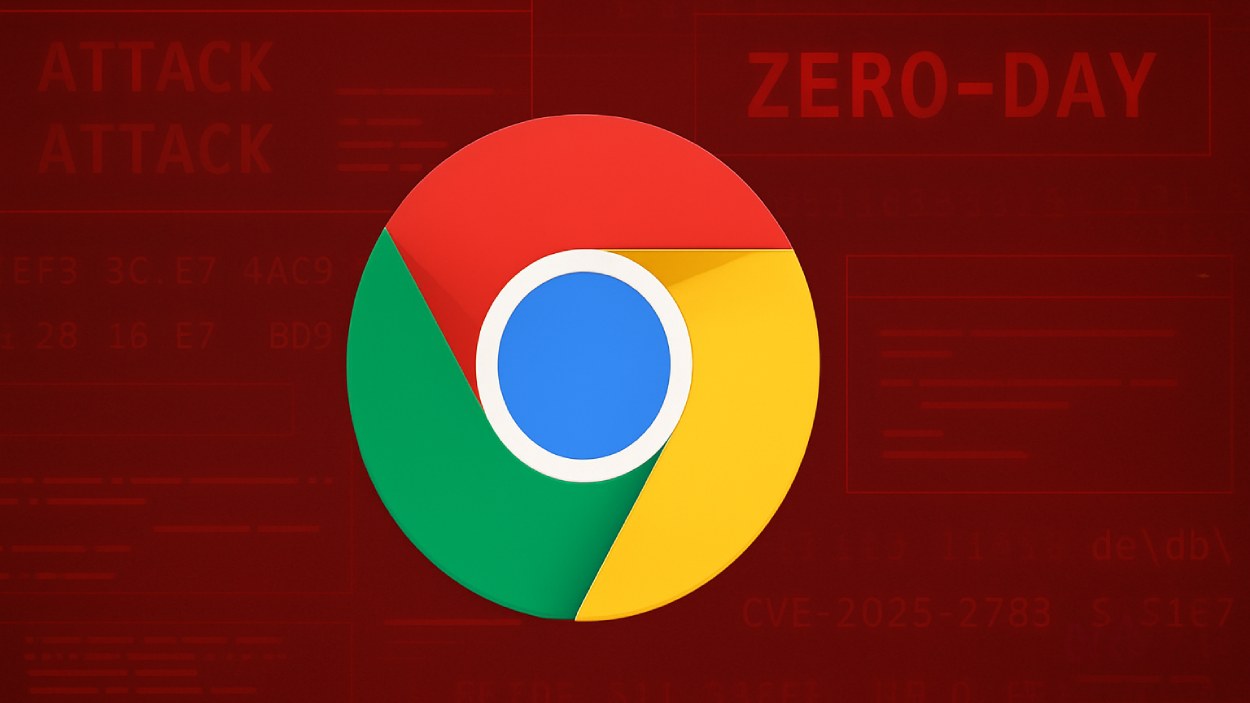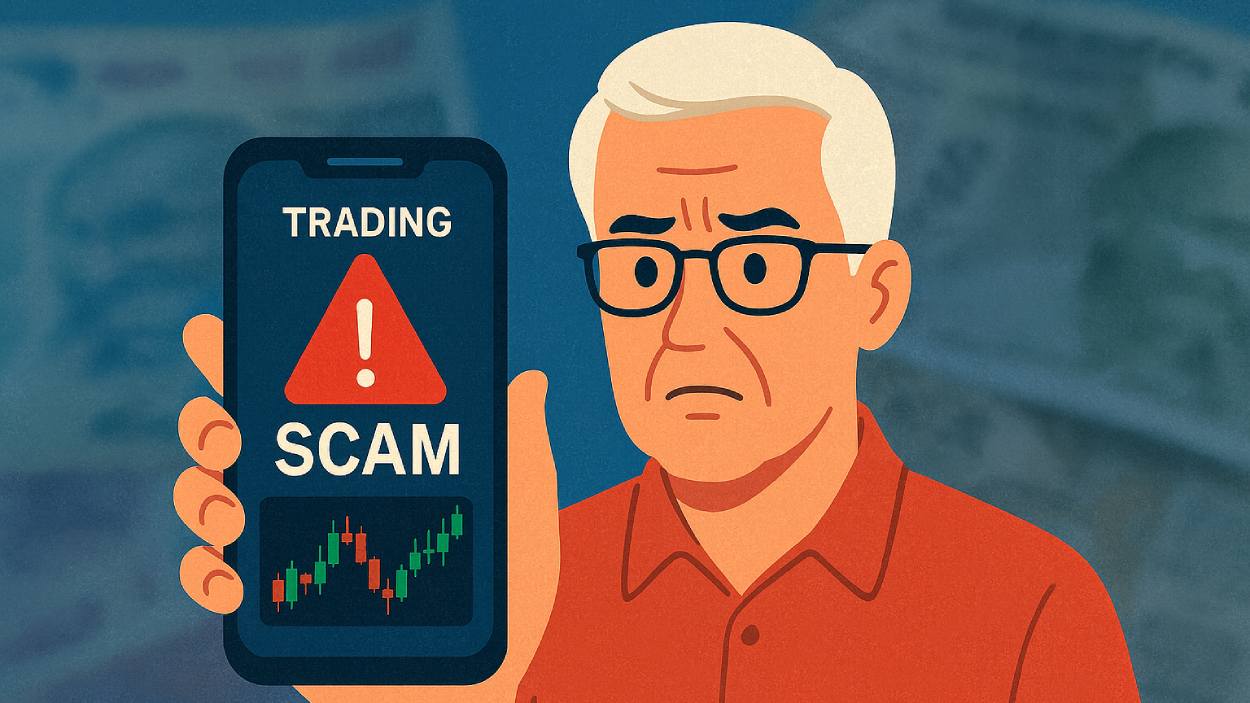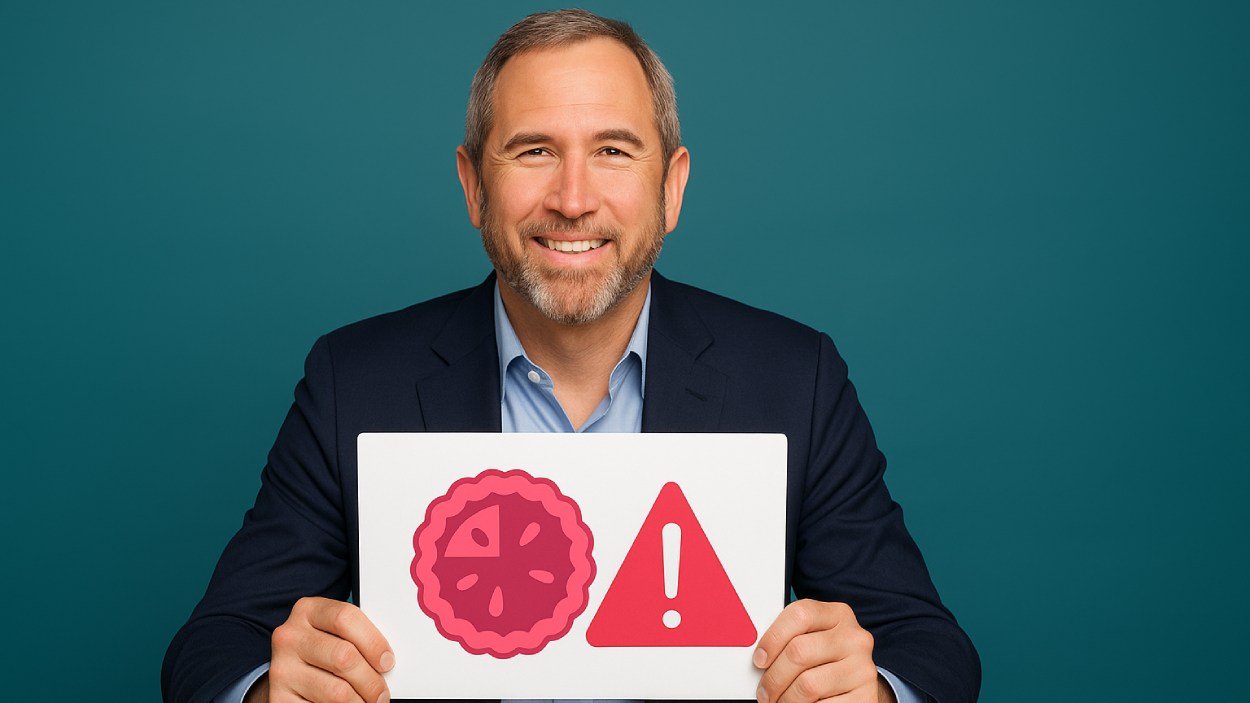At 2:13 a.m., Ellie turned off her phone after endlessly scrolling through Instagram Reels. This wasn’t the first time she traded sleep for screen time, and like millions of others, she would wake up tired, groggy, and mentally foggy. In 2025, this silent epidemic of sleep disruption linked to social media has taken root across generations, often masked behind a glowing screen. As our nighttime routines increasingly revolve around devices, researchers are raising alarms about how deeply digital habits are affecting the human body’s most essential recovery system: sleep.
This article dives deep into the latest sleep statistics, unpacking the undeniable relationship between bedtime social media habits and the quality, quantity, and timing of our rest.
Editor’s Choice
- 76% of US adults report using social media within one hour before going to bed in 2025.
- The average sleep duration for users who check social apps at night has dropped to 6.1 hours.
- In 2025, 43% of Gen Z adults say they lose sleep due to social media notifications.
- 61% of teens report waking up at least once during the night to check their phones.
- 28% of adults say their sleep quality worsens after engaging with emotionally charged content online.
- Users who spend more than 90 minutes on social media after 9 p.m. are 2.8x more likely to report insomnia symptoms.
- The average sleep onset latency (time it takes to fall asleep) has increased to 42 minutes among heavy social media users.
Social Media Platforms That Cause the Most Anxiety
- Facebook is the top anxiety-inducing platform, affecting 21.5% of users.
- TikTok follows with 12.8%, indicating high anxiety among short-form video consumers.
- Instagram contributes to anxiety for 9.7% of respondents, highlighting pressure from curated visuals.
- Twitter accounts for 8%, potentially due to news overload and online arguments.
- YouTube causes anxiety for 5.9% of users, despite being largely entertainment-based.
- Snapchat affects 4.3%, possibly from ephemeral messaging and social pressures.
- Reddit is cited by 2.4% for causing anxiety, likely from heated discussions or negative content.
- WhatsApp impacts 1.8%, showing anxiety from messaging overload or social expectations.
- LinkedIn is reported by 1.7% of users, reflecting job-related stress.
- Mastodon, a niche platform, causes anxiety for just 0.5%.
- Notably, 31.4% of respondents said None of the platforms caused them anxiety.
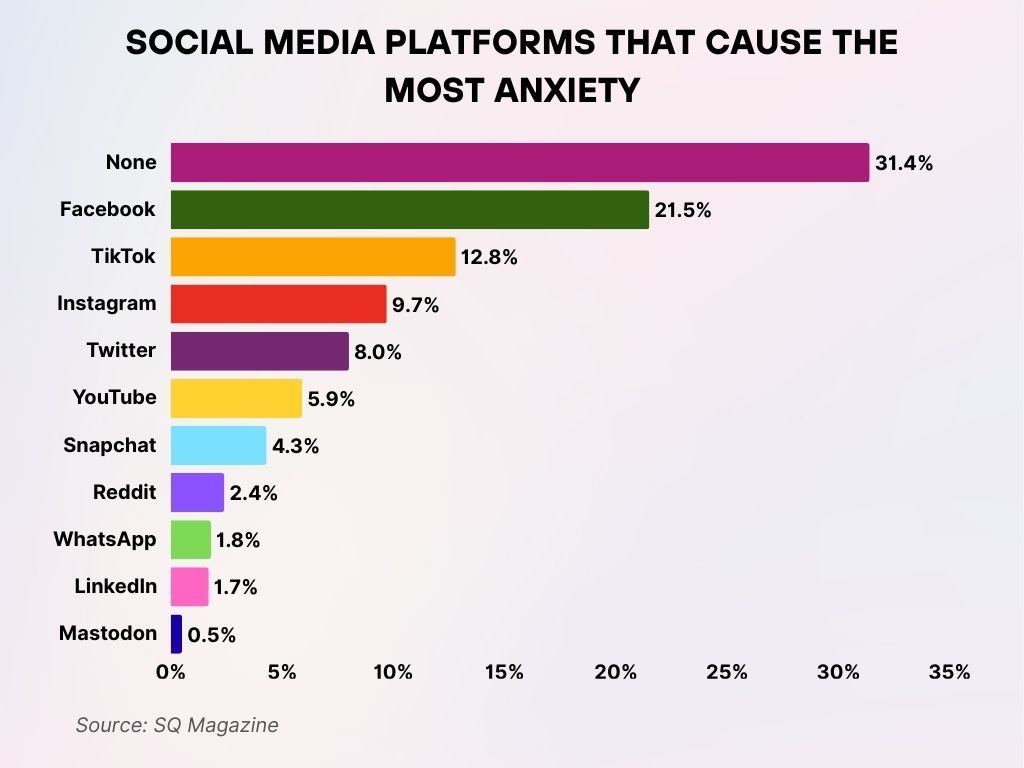
Prevalence of Social Media Usage Before Bedtime
- As of 2025, 8 in 10 smartphone users in the US admit to using social media as the last activity before sleep.
- 51% of adults aged 25–44 say social media is part of their nightly wind-down routine.
- The percentage of users who check social apps within 5 minutes of going to bed has climbed to 39% in 2025.
- Among teens aged 13–18, 73% browse TikTok, Snapchat, or Instagram after they’ve turned off the lights.
- 62% of users surveyed say they use their phones in bed, even when not actively chatting or posting.
- A cross-platform poll in early 2025 showed that 54% of people open social apps during brief nighttime awakenings.
- Among adults with full-time jobs, 29% admit to delaying bedtime by more than an hour due to scrolling.
- Evening social media use is highest between 10 p.m. and midnight, with usage peaking at 11:27 p.m. on average.
- 46% of users aged 18–34 say they feel “unable to disconnect” from social feeds before sleeping.
- Only 17% of respondents said they place their phones out of arm’s reach while in bed in 2025.
Impact of Screen Time on Sleep Duration
- The average screen time in the hour before sleep has reached 93 minutes in 2025.
- Adults who spend more than 2 hours on their phones at night sleep an average of 5.9 hours, far below the recommended 7–9.
- In 2025, people exposed to blue light from screens within one hour of bed experience 18% less REM sleep.
- Sleep experts report that consistent nighttime social media usage can reduce deep sleep duration by up to 23 minutes.
- 68% of participants in a national health study linked prolonged bedtime screen use with feeling tired even after full sleep durations.
- On average, digital night owls go to bed 41 minutes later than those who don’t engage with social media before sleep.
- In households where screen time isn’t regulated, 34% of adolescents sleep fewer than 6 hours on school nights.
- Adults using TikTok or Instagram past 10 p.m. logged 37 fewer minutes of sleep than those who disconnected earlier.
- Respondents who used dark mode and reduced blue light exposure reported 12% better sleep efficiency.
- People who engaged in passive social browsing (scrolling without interaction) slept 28 minutes less on average in 2025.
Social Media Usage and Depression by Age Group
- In the 0–8 age group, 36% with low depression symptoms used social media frequently, far more than the 19% with high depression symptoms.
- For ages 9–30, 27% of individuals with high depression symptoms used social media often, compared to 24% with low symptoms.
- Among the 31–57 age group, 26% with high depression symptoms used social media more than the 23% with low symptoms.
- In the 58+ group, 29% with high depression symptoms were active on social media, versus only 16% with low symptoms.
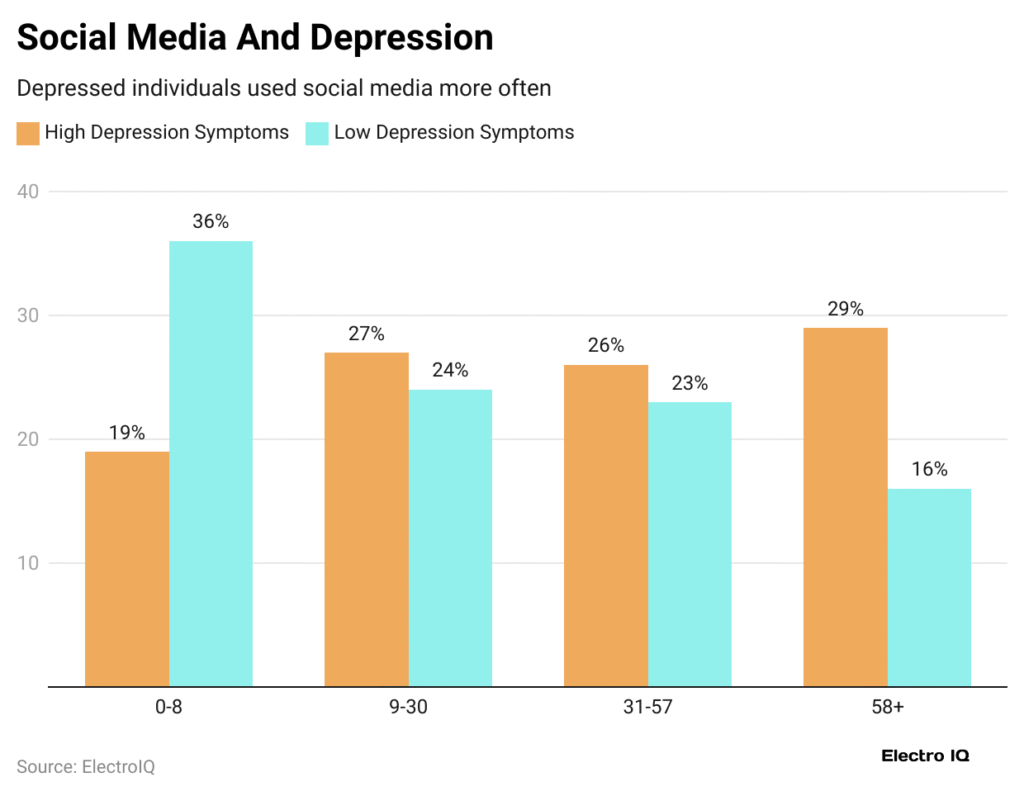
Relationship Between Social Media Engagement and Sleep Quality
- In 2025, 49% of users rated their sleep quality as “fair” or “poor” after engaging with emotionally triggering content.
- Higher engagement with social content, likes, comments, replies correlates with 21% more sleep interruptions.
- Individuals who experience online conflict or argument before bed are 3x more likely to report restlessness.
- Passive scrolling is linked to lower melatonin production, reducing the body’s ability to initiate sleep.
- Users who checked social media more than 6 times in the hour before bed reported 28% poorer sleep satisfaction scores.
- 42% of respondents say social media left their minds too “active” to fall asleep easily in 2025.
- Nighttime interactions in group chats are associated with an increase in heart rate before sleep onset.
- Engaging with negative or doomscroll content increased reports of disturbing dreams by 17%.
- Among users of TikTok, 61% reported feeling “mentally overstimulated” after using the app late at night.
- Teens and young adults following more than 500 accounts report a 35% higher likelihood of nighttime sleep fragmentation.
Sleep Disruptions Linked to Social Media Notifications
- In 2025, 38% of adults report being awakened at least once per night by social media notifications.
- Among smartphone users aged 18–24, 1 in 4 keep push alerts enabled overnight.
- Nighttime disruptions from alerts are associated with a 31% increase in reports of daytime fatigue.
- 45% of people who leave their phones on their pillow or mattress report interrupted sleep cycles.
- On average, users are exposed to 6.2 social media pings between 11 p.m. and 6 a.m., often from group messages and app updates.
- A 2025 behavioral study found that individuals with persistent notification interruptions had a 19% higher incidence of waking after sleep onset (WASO).
- Do Not Disturb mode usage has increased by 13%, yet 41% of users still report checking notifications mid-sleep.
- Users who disable social alerts after 10 p.m. experience 23% fewer nighttime awakenings.
- 35% of individuals who track sleep with wearables observed a measurable spike in light sleep episodes after late alerts.
- Among teens, 29% admitted they “expect” social responses during the night and keep their phones close for that reason.
How Lack of Sleep Affects Academic Performance
- 22.54% of respondents, the largest group, said they worry weekly about how sleep affects their academic performance.
- 19.72% think about it multiple times per week, showing frequent concern tied to sleep deprivation.
- 14.08% wonder about it daily, while another 14.08% said they don’t wonder at all.
- 11.27% reflect on it monthly, suggesting occasional awareness of sleep’s impact on studies.
- 9.86% reported thinking about it less than monthly.
- A smaller 5.63% said they worry 2+ times daily, indicating severe concern.
- Just 2.82% admitted thinking about it less than once a year, a rare worry for them.
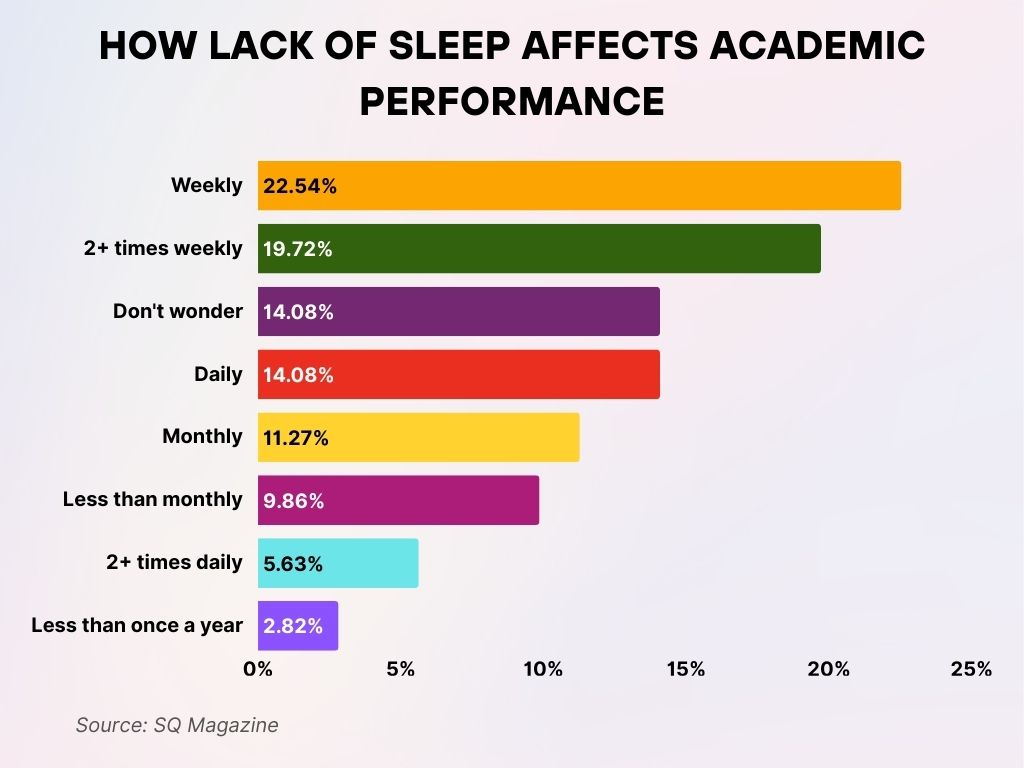
Psychological Mechanisms Behind Social Media-Induced Insomnia
- In 2025, clinical psychologists associated increased bedtime social use with elevated pre-sleep cognitive arousal in 64% of young adults.
- Fear of missing out (FOMO) is identified as a primary driver of sleep disruption in 51% of teens who use social media nightly.
- Online validation behaviors (e.g., checking likes/comments) cause rumination that prolongs sleep latency by an average of 26 minutes.
- 34% of users report experiencing “phantom vibrations” or anxiety when disconnected before bed.
- Exposure to highly curated or idealized content triggers upward social comparisons that reduce self-esteem, impacting sleep satisfaction for 46% of users.
- Hyperarousal from engaging with emotionally charged posts can elevate nighttime cortisol levels, as seen in 29% of monitored adults.
- A 2025 neurobehavioral study linked frequent bedtime scrolling to disrupted circadian rhythm regulation in 1 in 5 users.
- Social reward loops, dopamine hits from notifications, delay the onset of slow-wave sleep.
- Nighttime content that includes violence, political tension, or fear-mongering contributes to 19% higher rates of intrusive thoughts and difficulty staying asleep.
- 52% of people with diagnosed insomnia cite social media overuse as a contributing factor.
Effects of Social Media on Adolescent and Teen Sleep Patterns
- In 2025, 68% of high school students reported insufficient sleep (under 7 hours), with social media cited as a leading contributor.
- Teen girls aged 13–17 spend an average of 103 minutes on social media in the hour before bed.
- 42% of teens say they intentionally stay up to respond to messages or comments, despite knowing it reduces sleep.
- Teens active on platforms like TikTok and Instagram are 2.7x more likely to fall asleep after midnight on school nights.
- Adolescents who browse content featuring online drama, social comparison, or bullying report a 24% drop in subjective sleep quality.
- 48% of teens aged 14–18 say they wake up feeling tired “almost every day,” citing overnight scrolling as the reason.
- Among students with a GPA below 2.5, 61% reported over 90 minutes of nightly social media use after 9 p.m.
- Sleep-tracking data shows that teens with heavy usage sleep 52 minutes less per night on average than their peers.
- The peak of nighttime teen scrolling behavior is now recorded at 12:12 a.m., reflecting deeper digital immersion.
- Schools implementing digital wellness programs have seen a 17% improvement in sleep duration and mood among students in 2025.
Sleep and Its Impact on Well-Being
- 72% of respondents believe that getting enough sleep helps people flourish in life.
- Only 28% said that enough sleep does not contribute to flourishing.
- An even higher 75% agree that quality sleep helps individuals flourish.
- Just 25% believe that quality sleep has no impact on flourishing.
- Overall, the data highlights that both quantity and quality of sleep are widely seen as crucial for well-being and success.
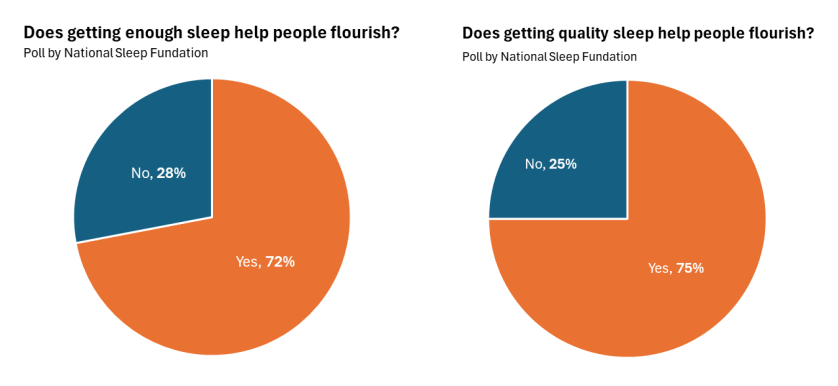
Longitudinal Trends in Sleep Loss Attributed to Social Media
- From 2015 to 2025, the prevalence of sleep issues linked to social media use has risen by 41%.
- The average nightly sleep among social media users dropped from 7.1 hours in 2015 to 6.1 hours in 2025.
- Teens today experience 57% more sleep disturbances than those reported a decade ago, with digital habits being the leading factor.
- A longitudinal study found that users engaging with social platforms nightly over 5+ years experienced a 32% decline in sleep satisfaction.
- Since 2020, reports of late-night device use have increased by 21%, correlating with worsening sleep hygiene metrics.
- Blue light exposure from device use has led to a 38% reduction in natural melatonin production among users by 2025.
- The share of adults describing themselves as “chronically sleep-deprived” due to social media doubled from 14% in 2016 to 28% today.
- In a 10-year review, adolescents with high nightly screen exposure had a 2.3x greater risk of developing chronic insomnia.
- 48% of surveyed individuals in 2025 believe their sleep habits were healthier before social media became mobile-first around 2014.
- Users who replaced nighttime social use with non-digital activities (like journaling or reading) over the last year reported a 26% sleep improvement.
Association Between Nighttime Social Media Use and Mental Health
- In 2025, 67% of people with self-reported anxiety symptoms use social media after 10 p.m. at least five nights per week.
- Individuals with high nighttime social use are 3.2x more likely to experience moderate to severe depressive symptoms.
- 54% of teens experiencing persistent sadness or hopelessness in the last year also reported over 2 hours of nightly social scrolling.
- Nighttime content exposure correlates with a 21% spike in perceived loneliness among young adults.
- Late-night social comparison is linked to increased body dissatisfaction in 43% of surveyed users aged 15–25.
- In 2025, 38% of adults say they feel more emotionally reactive or irritable the morning after heavy social media engagement.
- Exposure to content involving trauma, news events, or cyberbullying before bed is associated with recurrent nightmares in 26% of teen users.
- 27% of people using social media before bed report feeling “mentally unrested,” even after 7+ hours of sleep.
- Cognitive therapists report a 19% increase in sleep-related consultations tied to ruminative social content.
- Heavy nighttime users with underlying mental health conditions report 44% greater difficulty in regulating sleep-wake cycles.
Social Media’s Mixed Messages on Mental Health
- 67% of U.S. girls report encountering helpful mental health resources in real life, the highest among all platforms.
- TikTok and Instagram tie with 43% of users exposed to harmful suicide/self-harm content, while TikTok also matches that figure for harmful eating disorder content.
- Instagram offers 59% helpful resources, but still exposes 37% to harmful eating disorder content.
- On YouTube, 58% find helpful mental health info, but 33% still encounter suicide/self-harm content, and 32% see eating disorder content.
- Snapchat provides helpful content to 54%, yet 35% see suicidal/self-harm messaging, and 32% face eating disorder messages.
- Messaging apps had the lowest helpful exposure (43%), with 33% reporting suicidal/self-harm content, and 30% encountering eating disorder info.
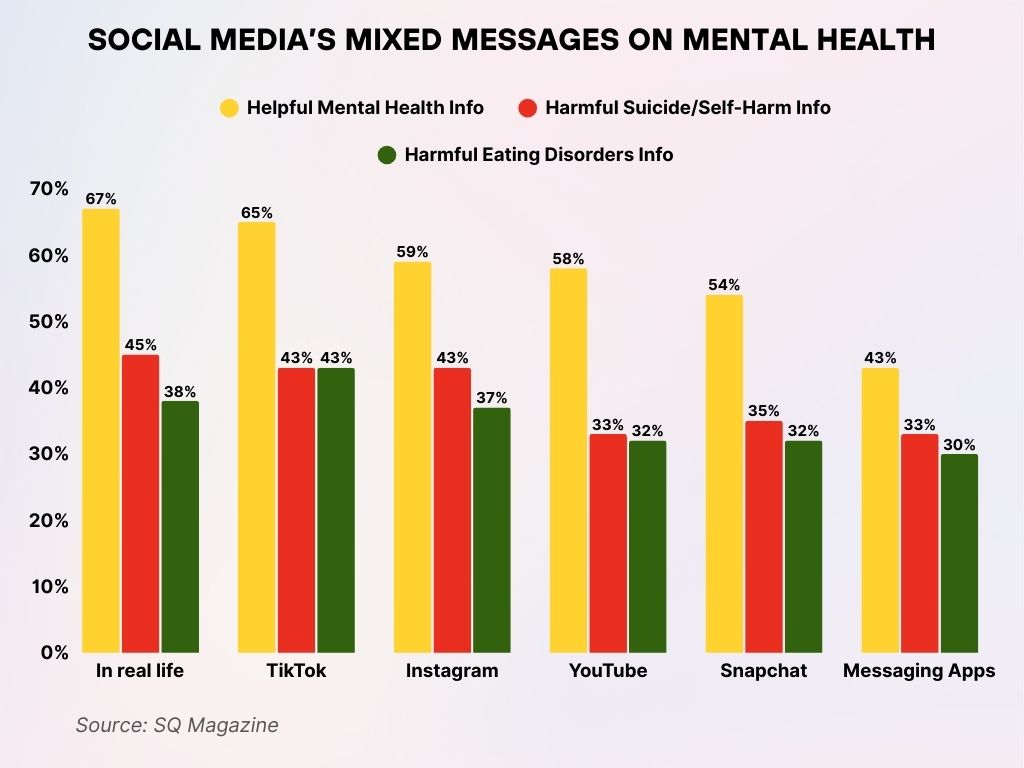
Interventions and Guidelines for Reducing Sleep Disruption
- In 2025, only 22% of social media users have implemented a nighttime screen curfew.
- Users who adopted app timers and bedtime reminders saw a 34% improvement in weekly sleep duration.
- Turning on Do Not Disturb from 10 p.m. to 7 a.m. reduced overnight disturbances by 41%.
- Digital well-being apps, like Calm, Headspace, and Forest, have seen a 29% increase in downloads over the past year.
- Behavioral studies show that using blue light filters after 9 p.m. improved sleep onset by an average of 14 minutes.
- Schools that introduced device-free sleep education programs reported a 19% increase in average sleep among participating students.
- Only 1 in 5 parents report enforcing consistent device shutdown rules for their children at night.
- Setting a “no phone in the bedroom” rule correlates with a 28% rise in sleep quality, especially among children and teens.
- Wind-down routines involving physical books or audio meditation reduced digital temptations by 44%.
- Some smartphone manufacturers now include AI-powered sleep mode features, which automatically limit app access, used by 11% of surveyed adults in 2025.
Top Reasons People Use Social Media
- 51.5% use social media to keep in touch with friends and family, the most common reason overall.
- 39% turn to social media for filling spare time, reflecting its role in casual entertainment.
- 34.4% log in to read news stories, showing trust in platforms for current events.
- 30.4% use it to find content like articles and videos.
- 29.1% are on social media to see what’s being talked about, highlighting its role in trend awareness.
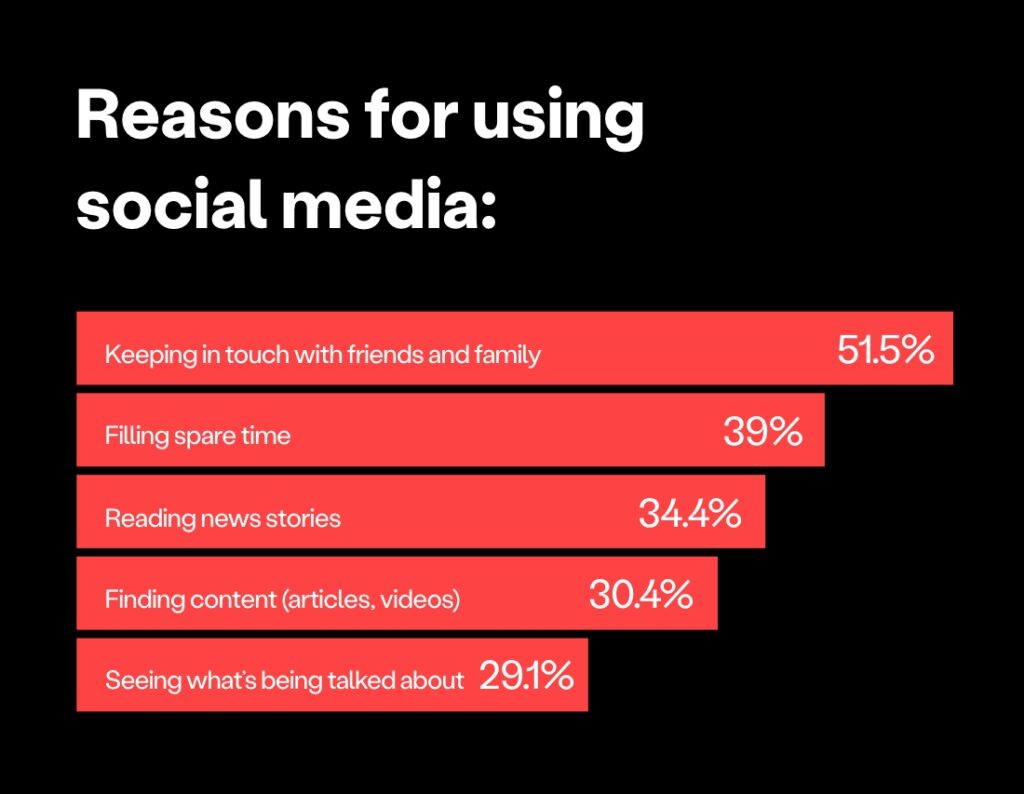
Recent Developments
- In 2025, Apple, Google, and Samsung expanded digital wellness settings to include sleep-aware notifications and app shutoffs by default.
- TikTok introduced a “Sleep Nudge” feature that reminds users to disconnect after 10:30 p.m., now enabled by 9% of US users.
- Instagram rolled out analytics tools showing late-night usage patterns, prompting 12% of users to reduce pre-bed activity.
- A growing number of therapists now offer “screen sleep audits” as part of cognitive behavioral sleep therapy.
- Sleep coaching services linked with digital usage tracking have grown by 23% in the US this year.
- The CDC launched an awareness campaign in 2025 called “Sleep First, Scroll Later,” aimed at teens and young adults.
- Wearable tech from brands like Fitbit and WHOOP now tracks social media-triggered sleep fragmentation, with users gaining real-time feedback.
- Some universities now integrate digital detox modules into freshman orientation to improve student sleep habits.
- Google’s Android OS now includes a Sleep Hygiene Score, calculated based on app activity and bedtime routines.
- As of mid-2025, 38% of Gen Z users have attempted a social media break or restriction window, specifically to improve sleep.
Conclusion
Social media has evolved from a casual evening distraction to a major disruptor of our sleep cycles. From psychological hyperarousal to midnight notifications, the relationship between our digital behavior and rest is more intertwined than ever. While the data shows that usage continues to rise, it also highlights an increasing awareness of the need for balance. Interventions, whether app-based, behavioral, or community-driven, are showing promise, but the responsibility to prioritize sleep lies with both users and platforms. As we step deeper into the digital age, understanding and mitigating social media’s impact on sleep isn’t just beneficial, it’s essential.

